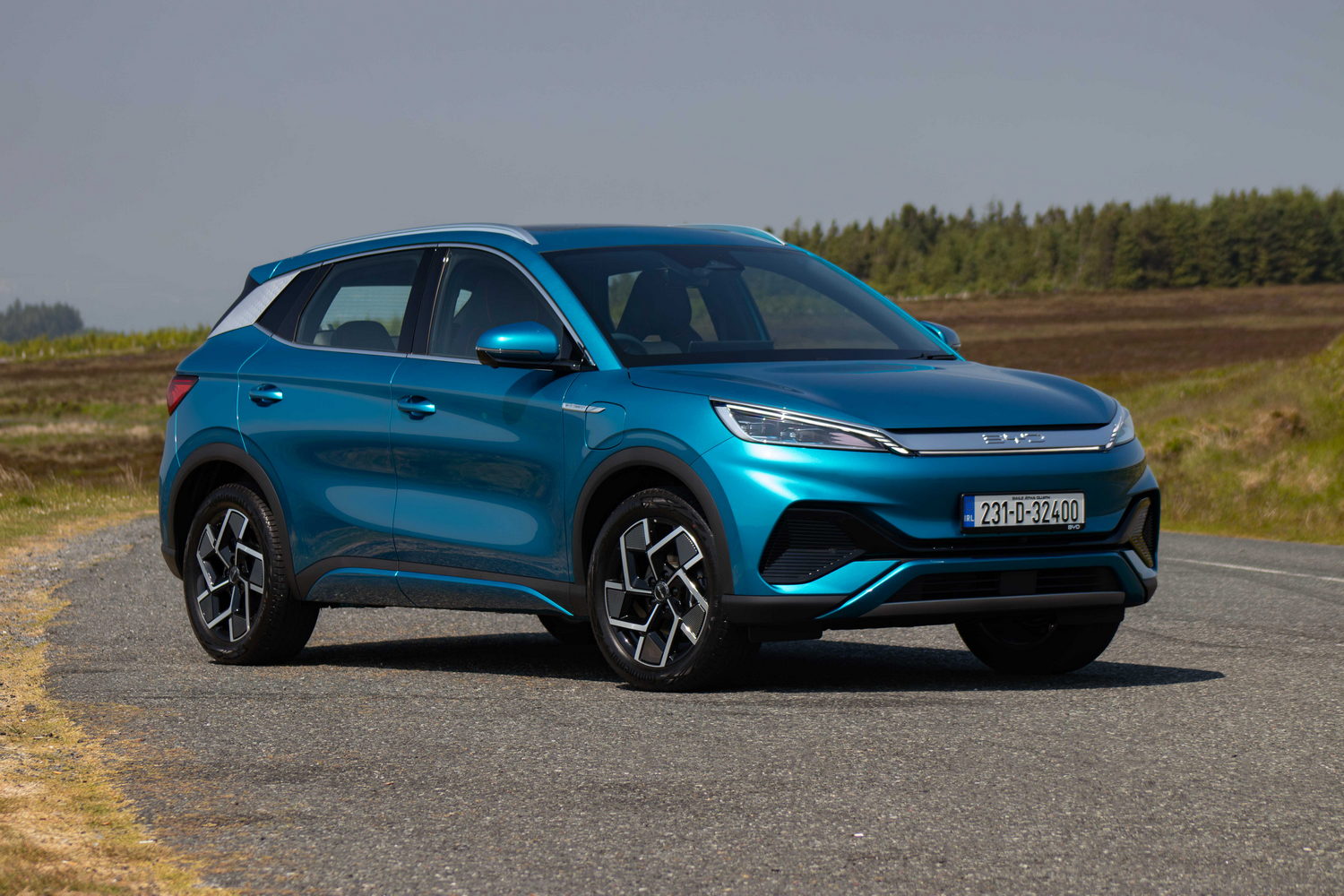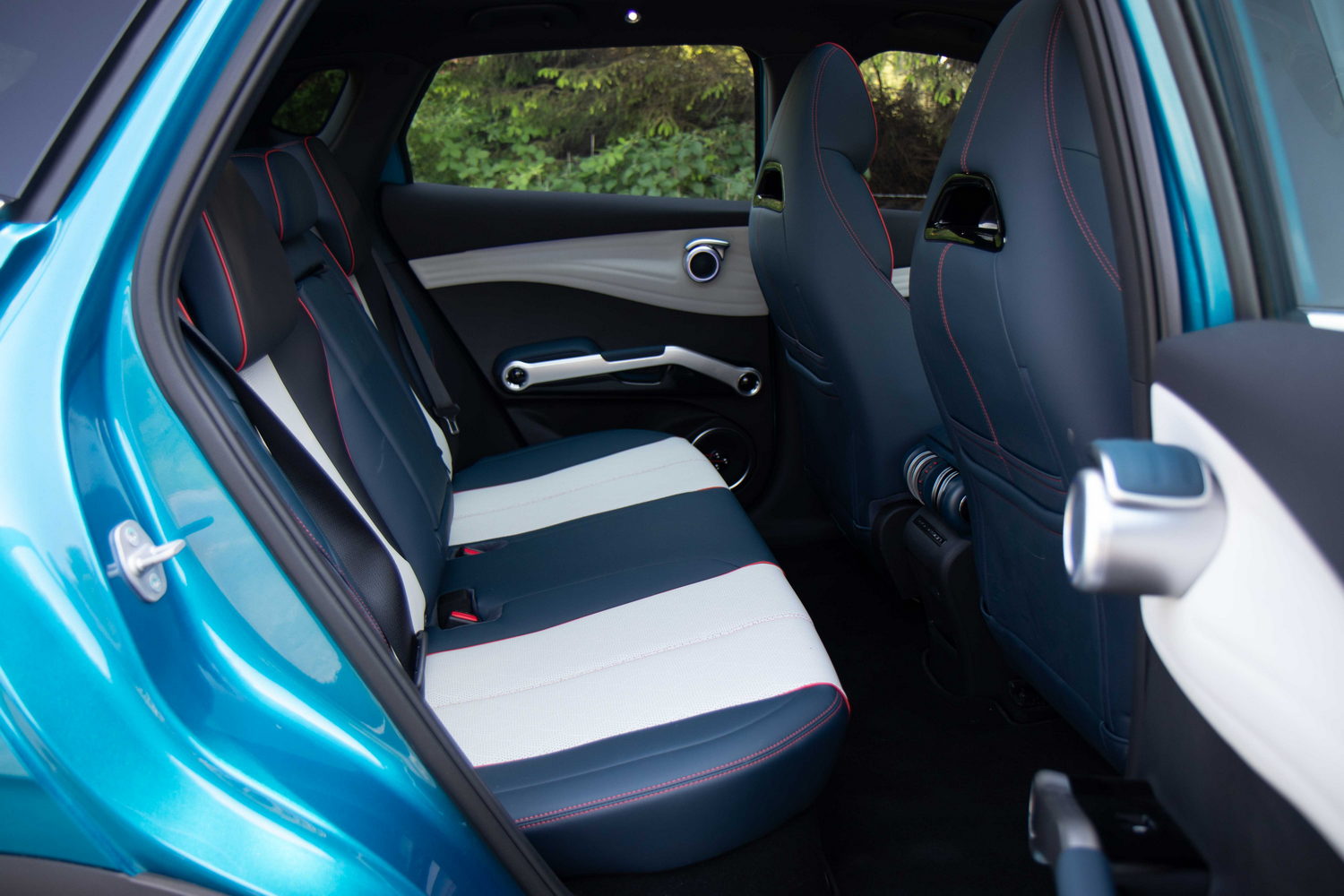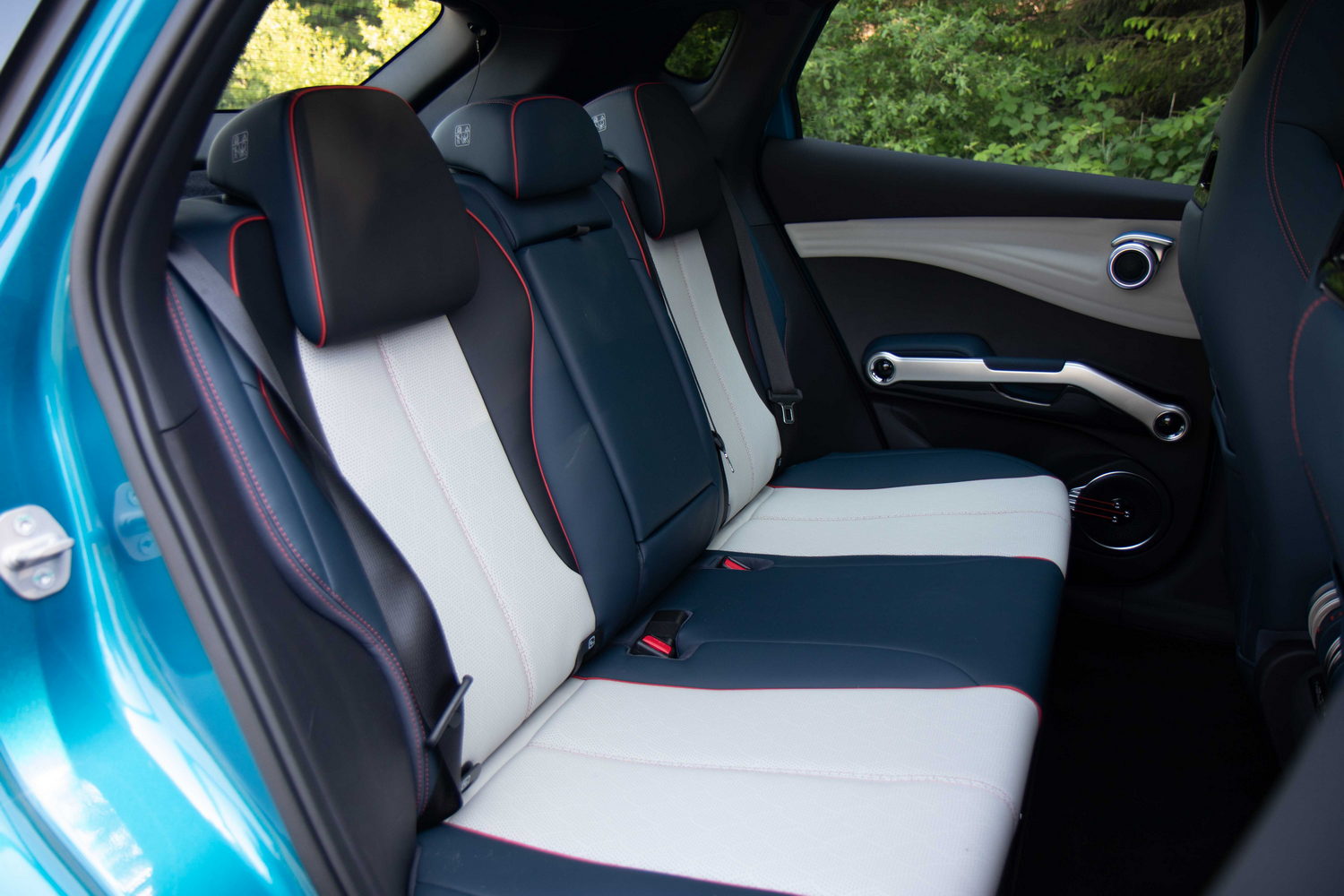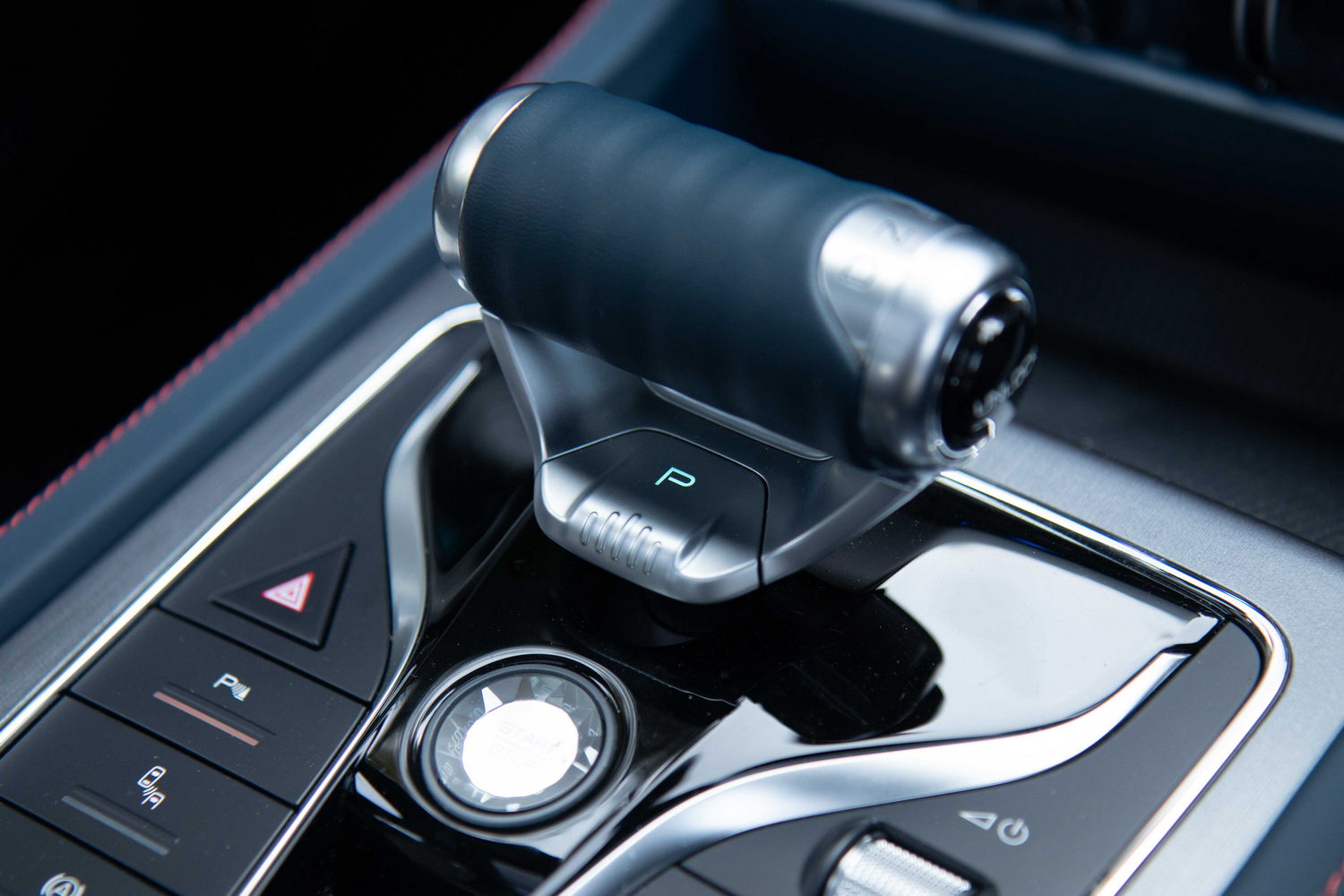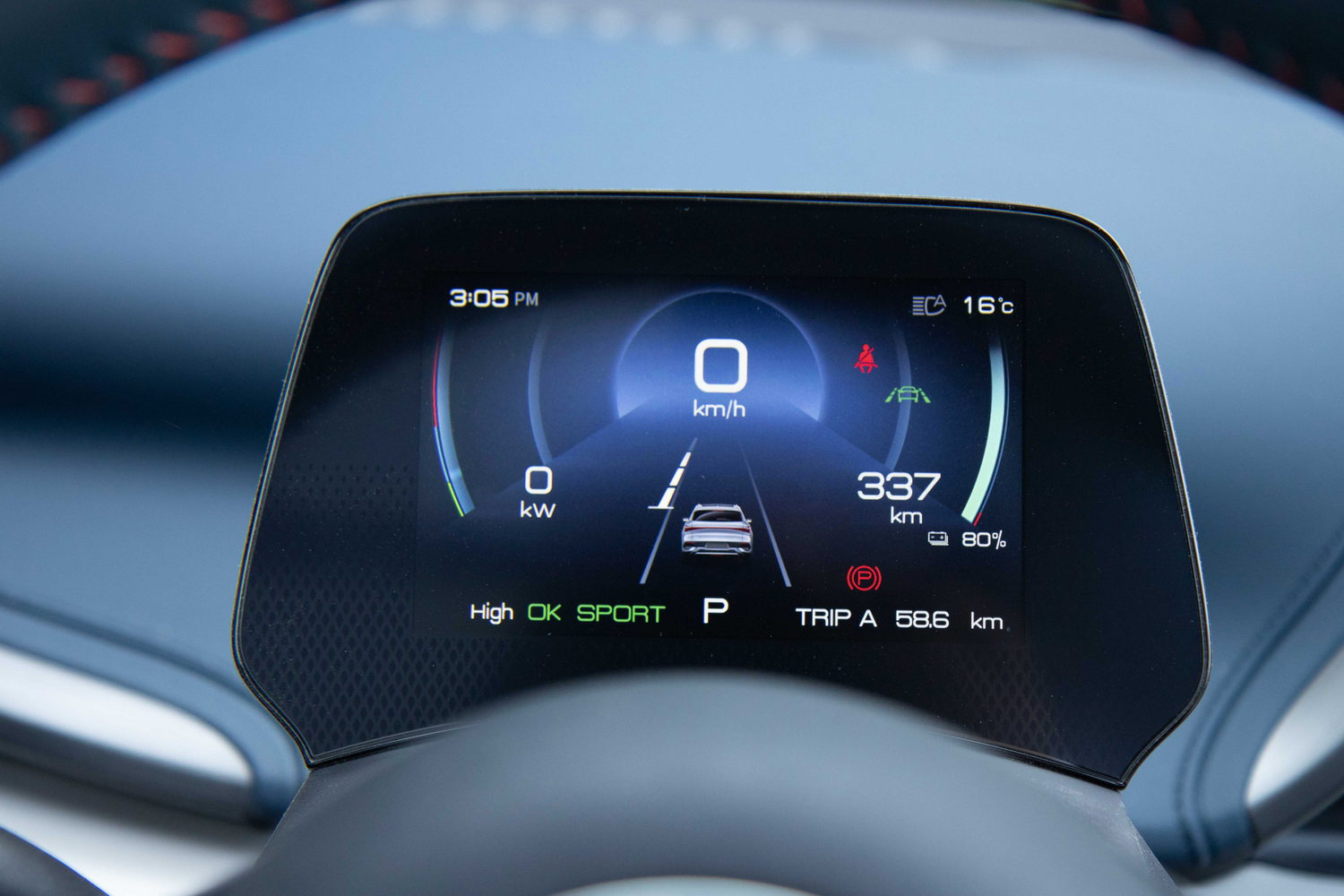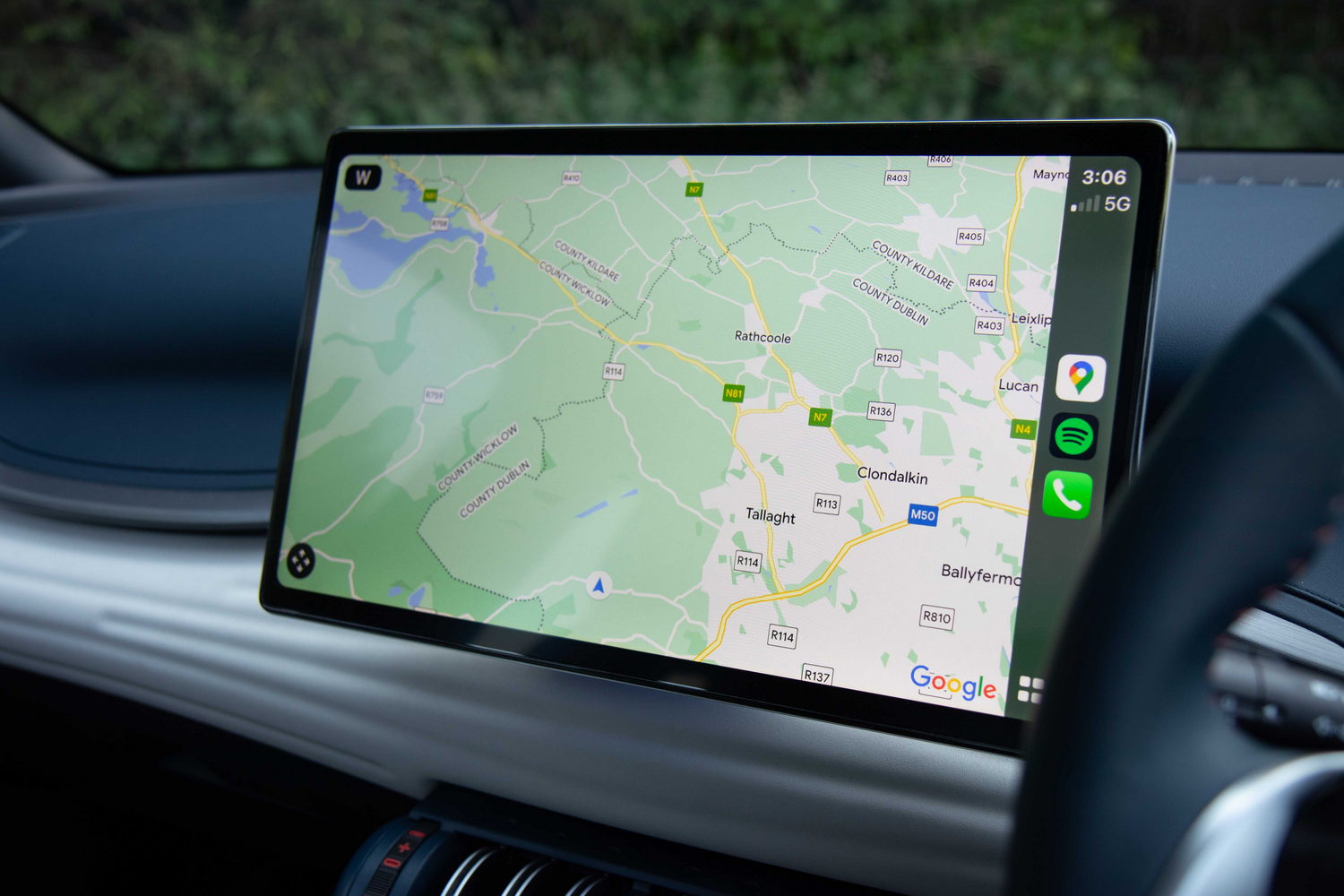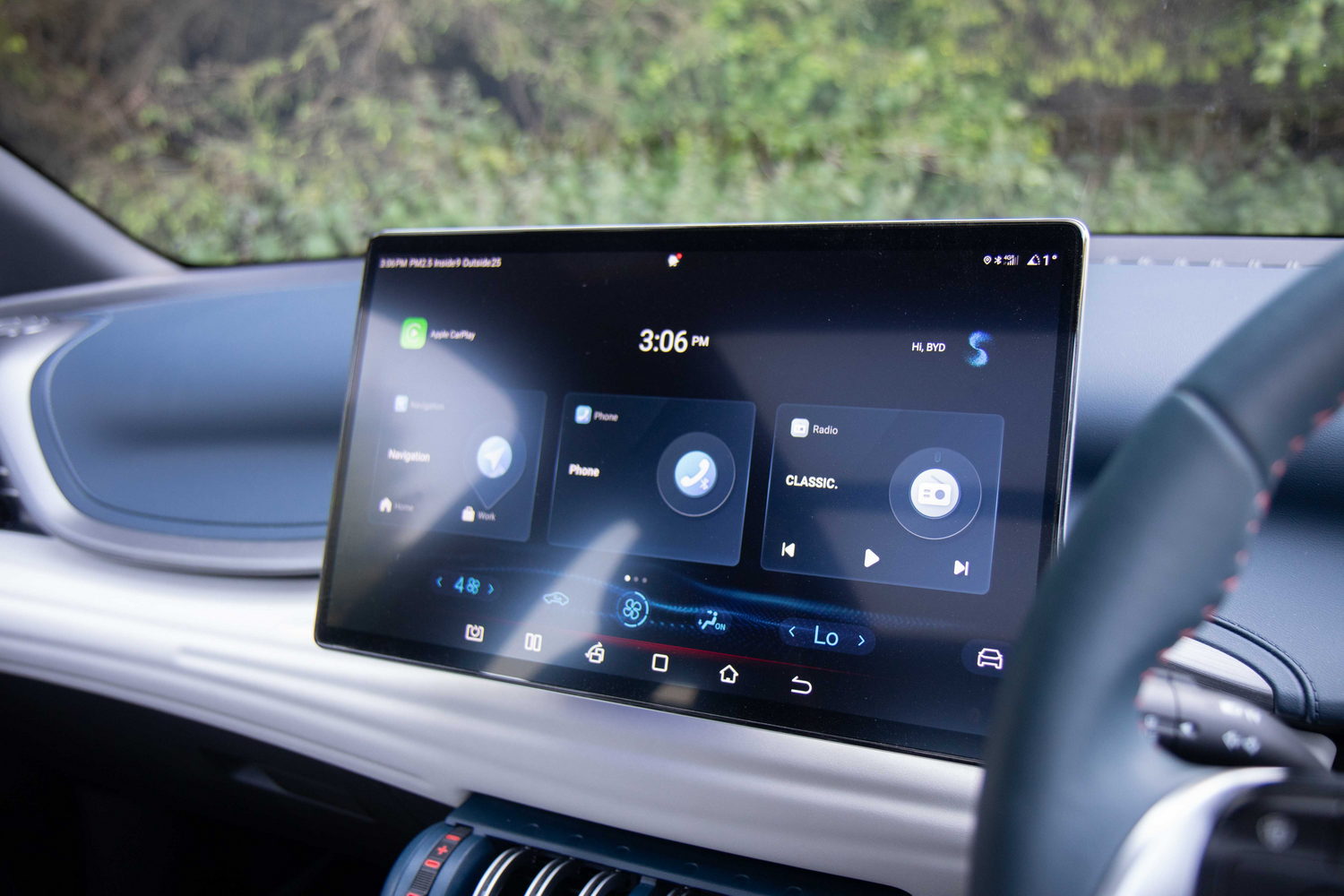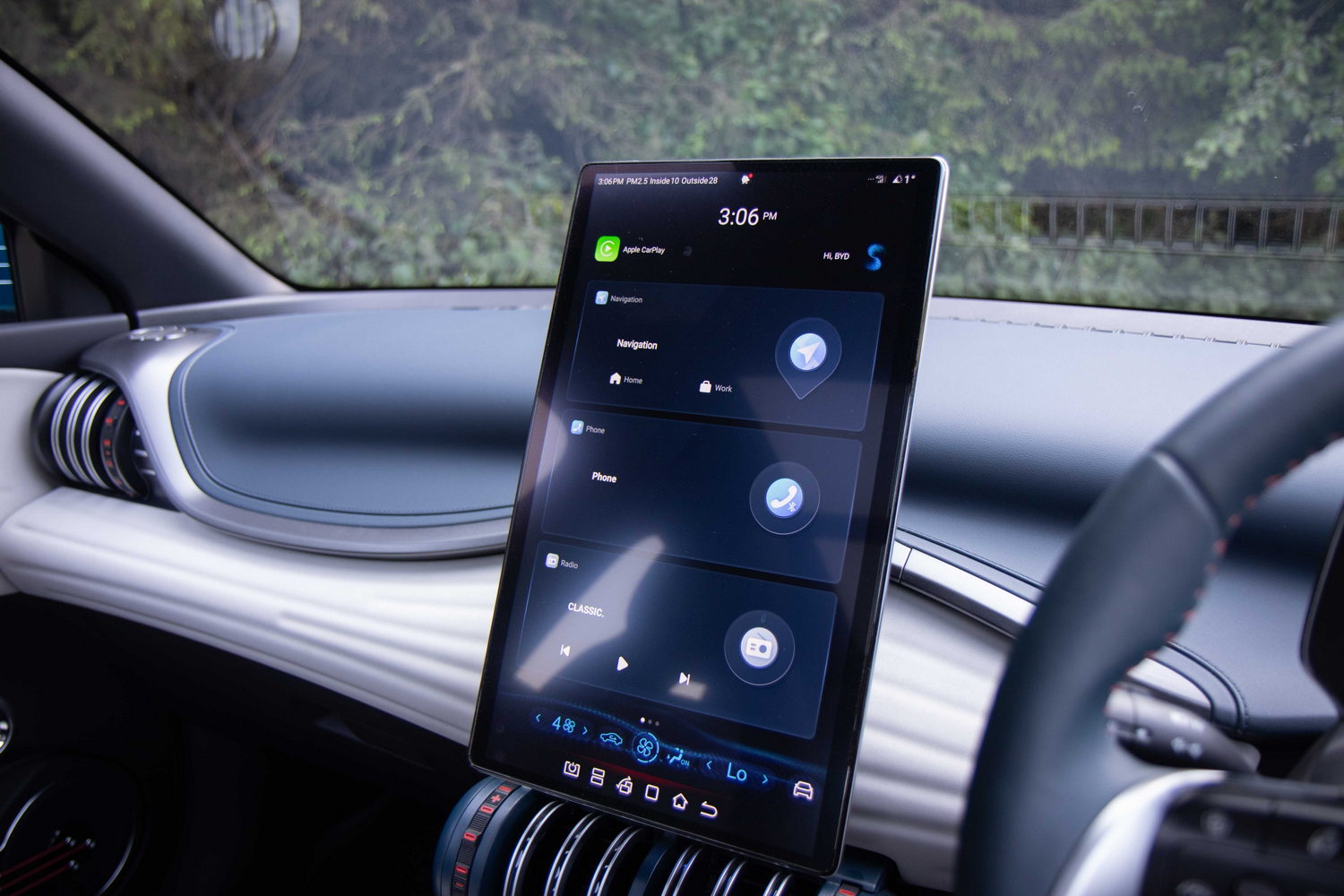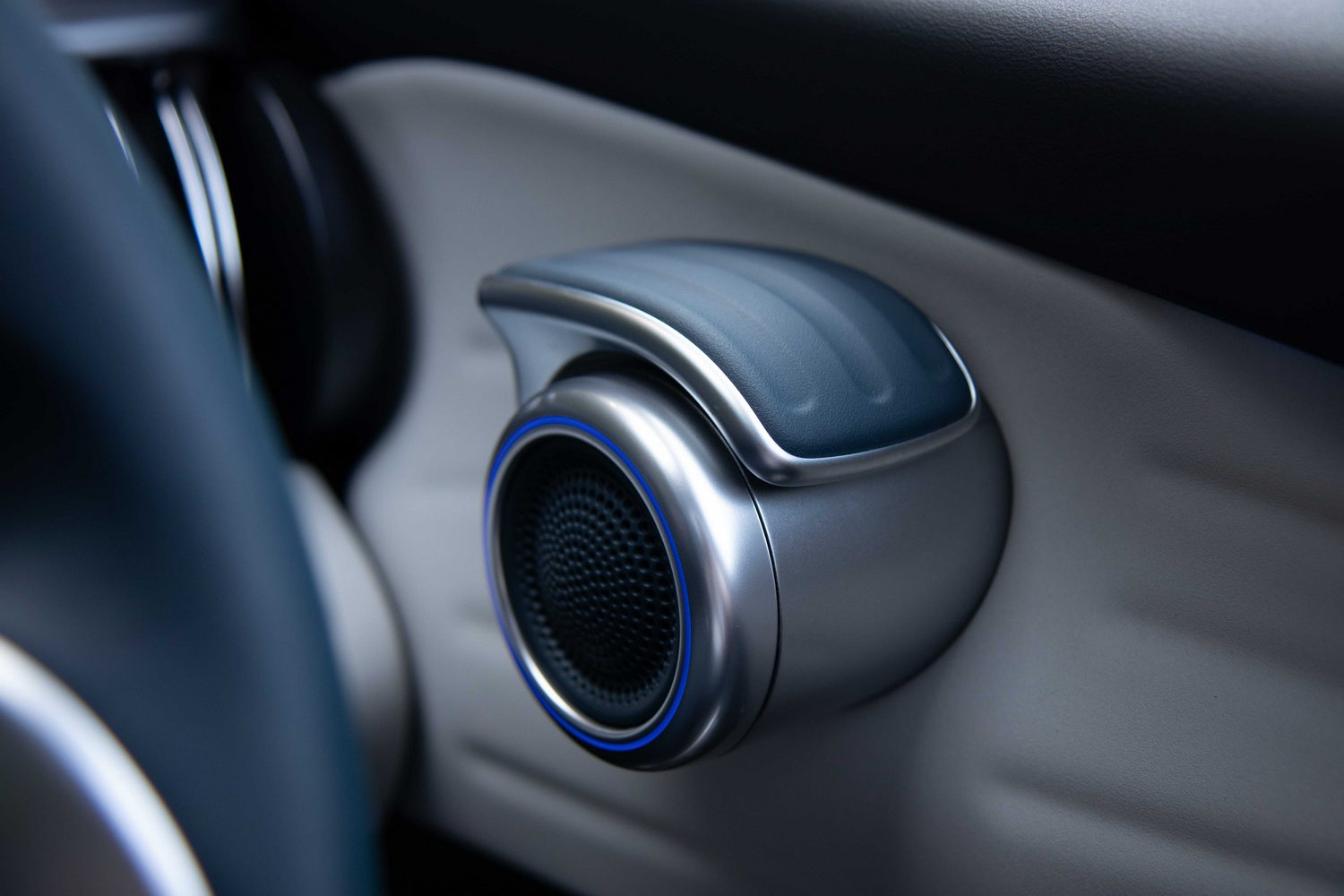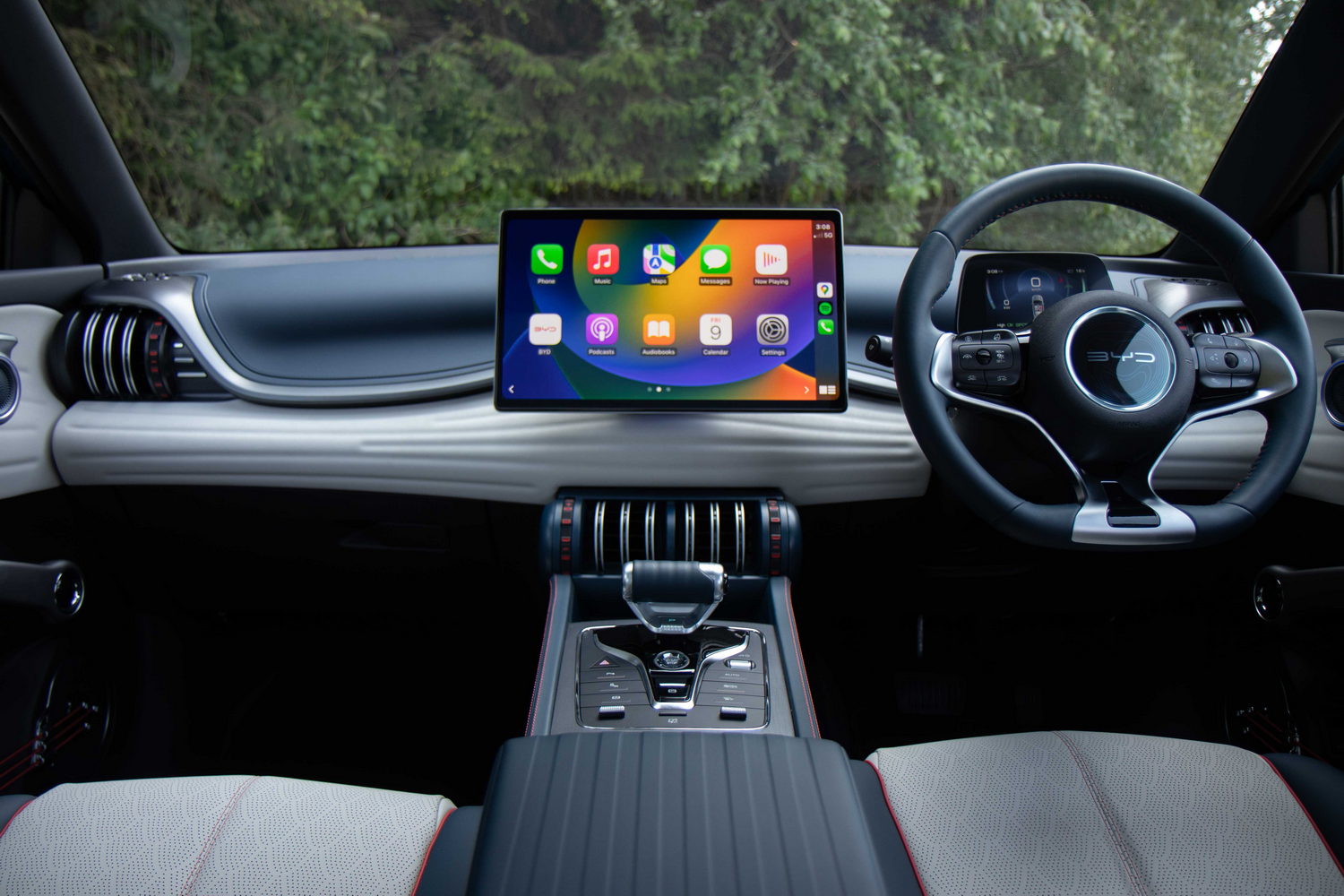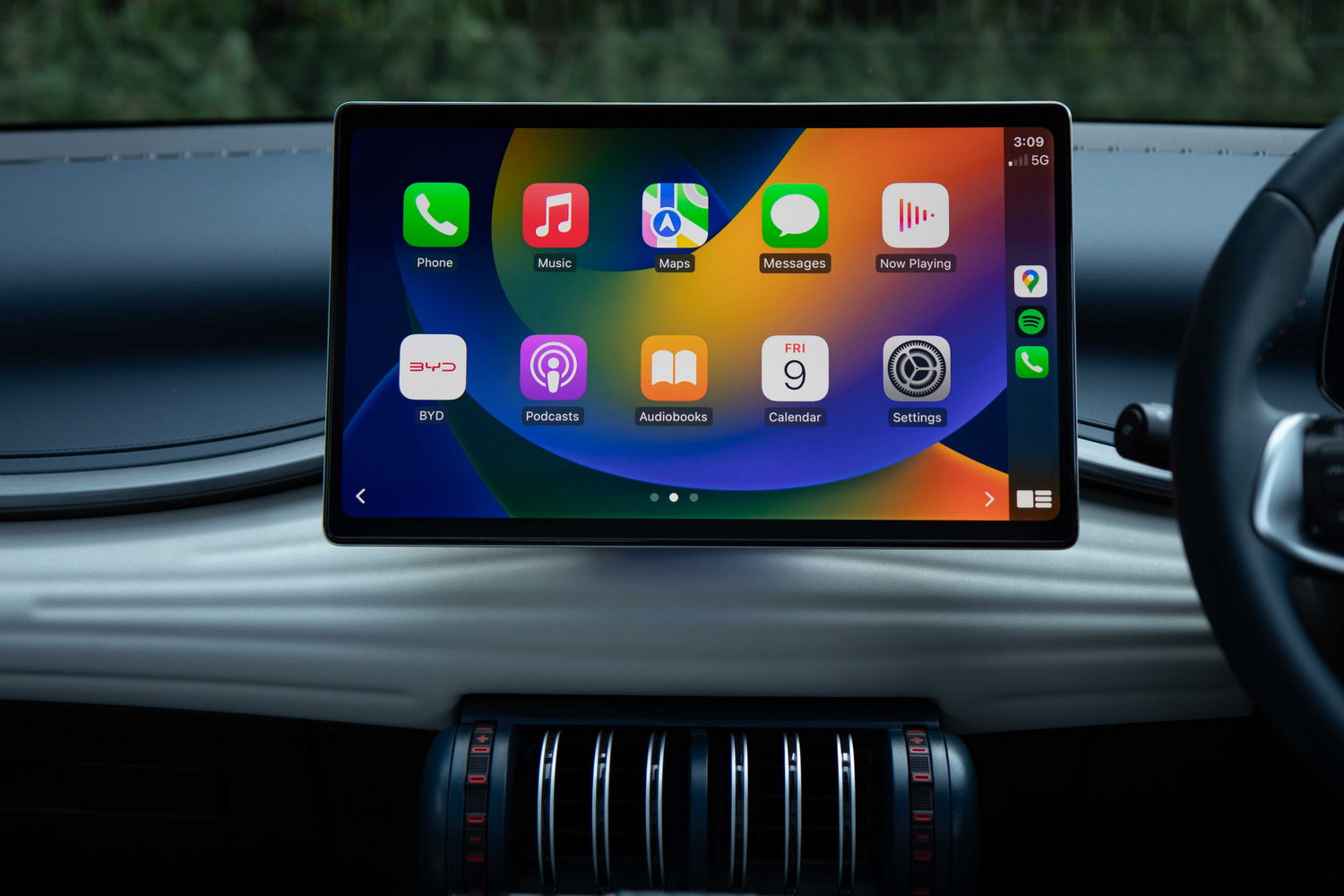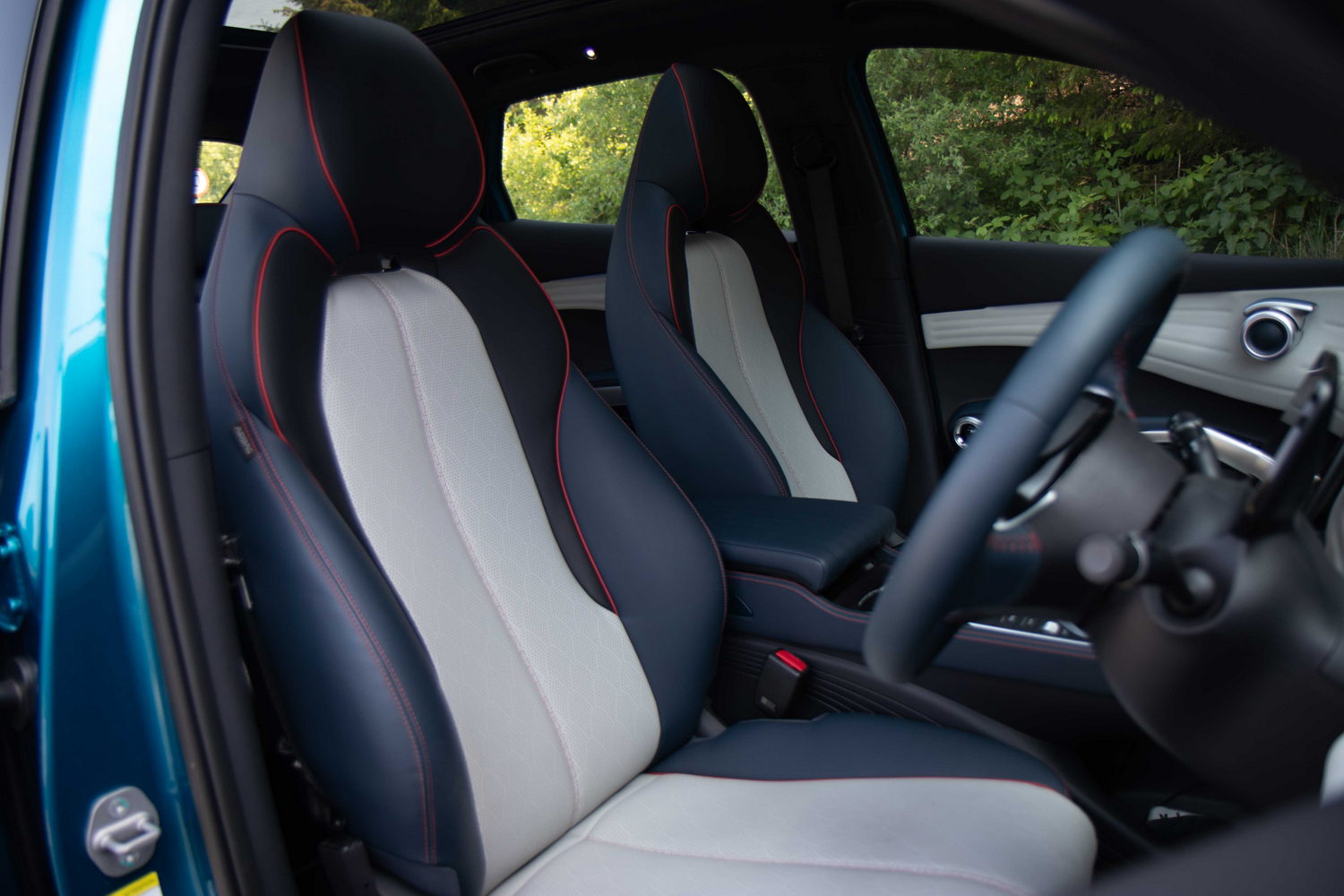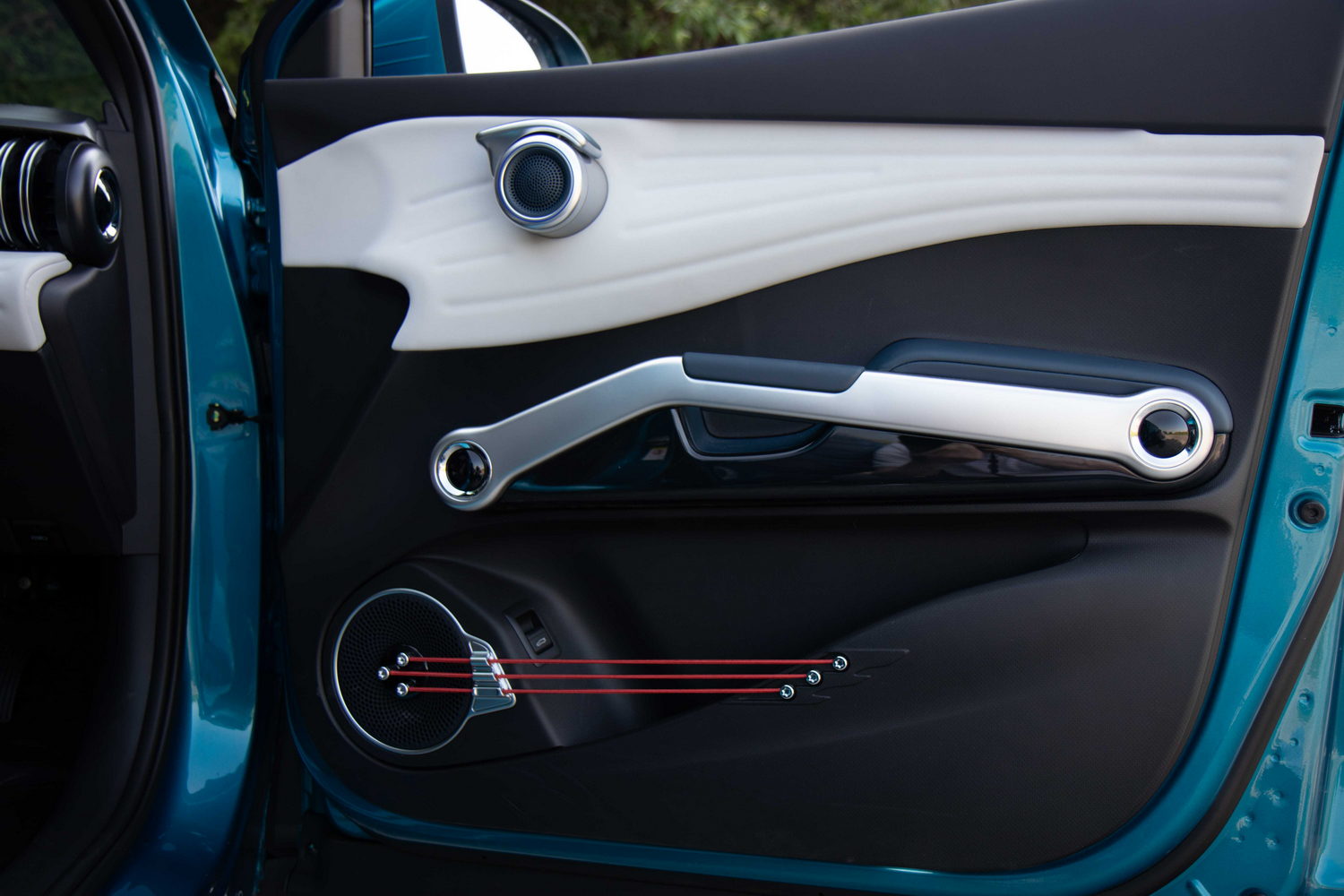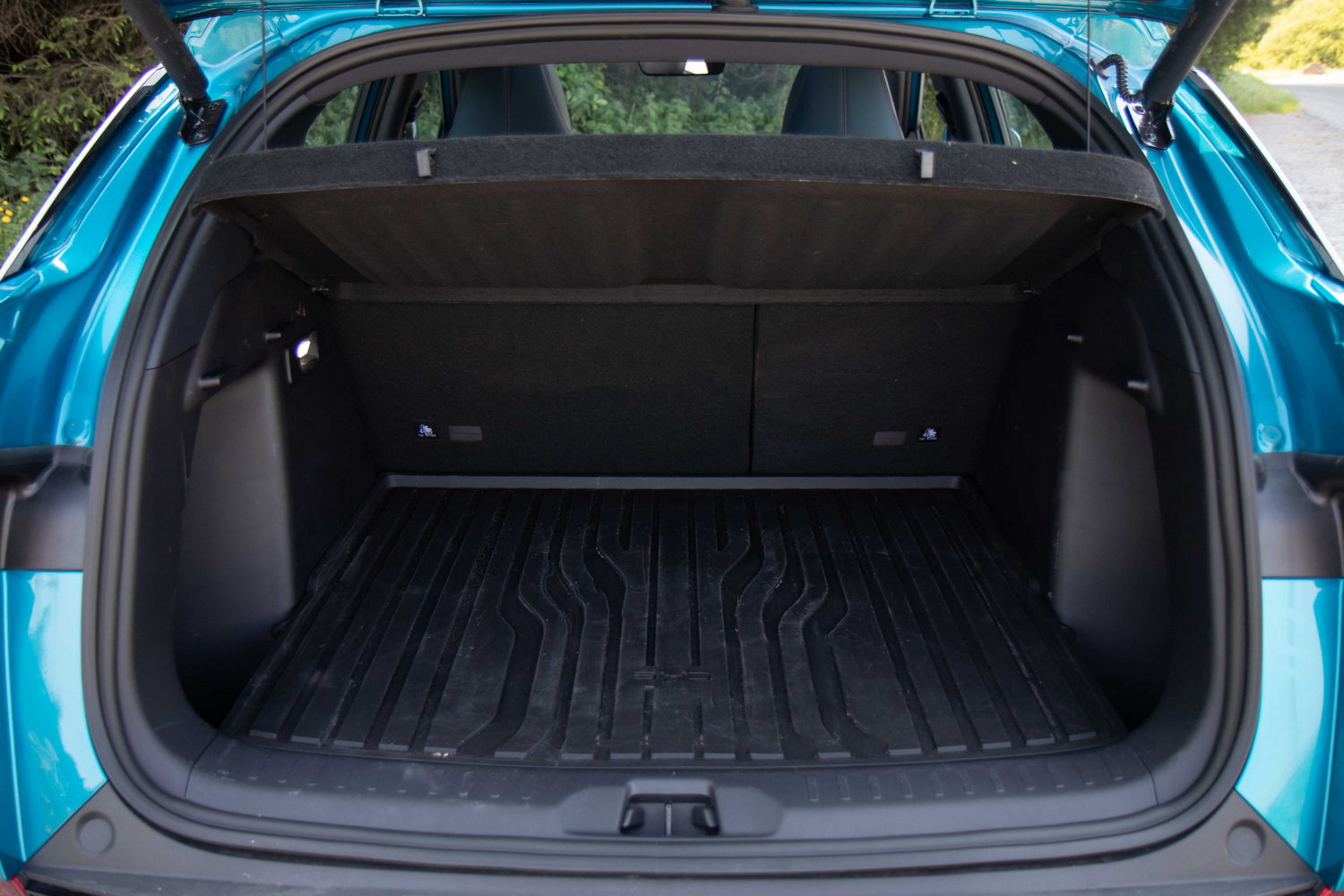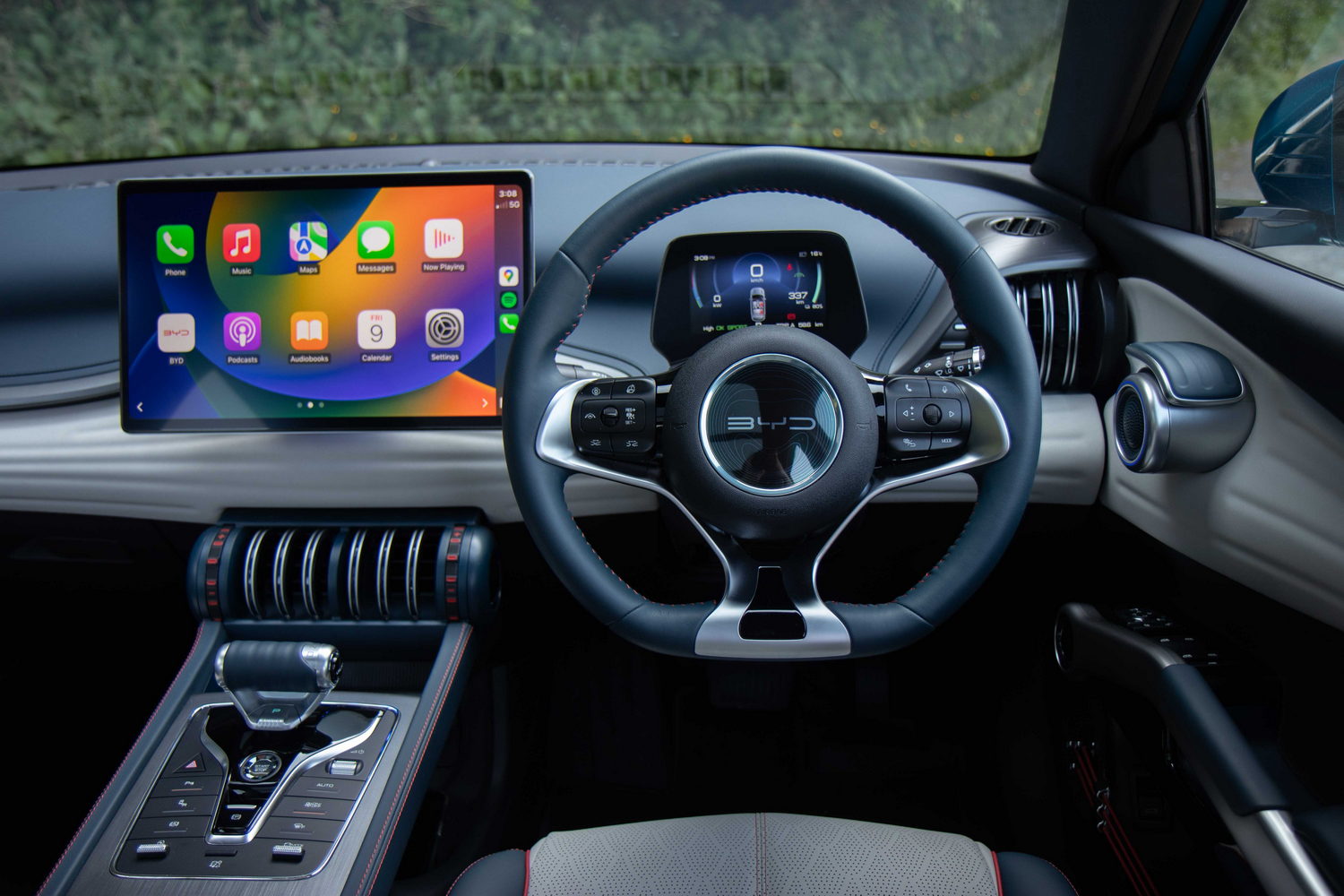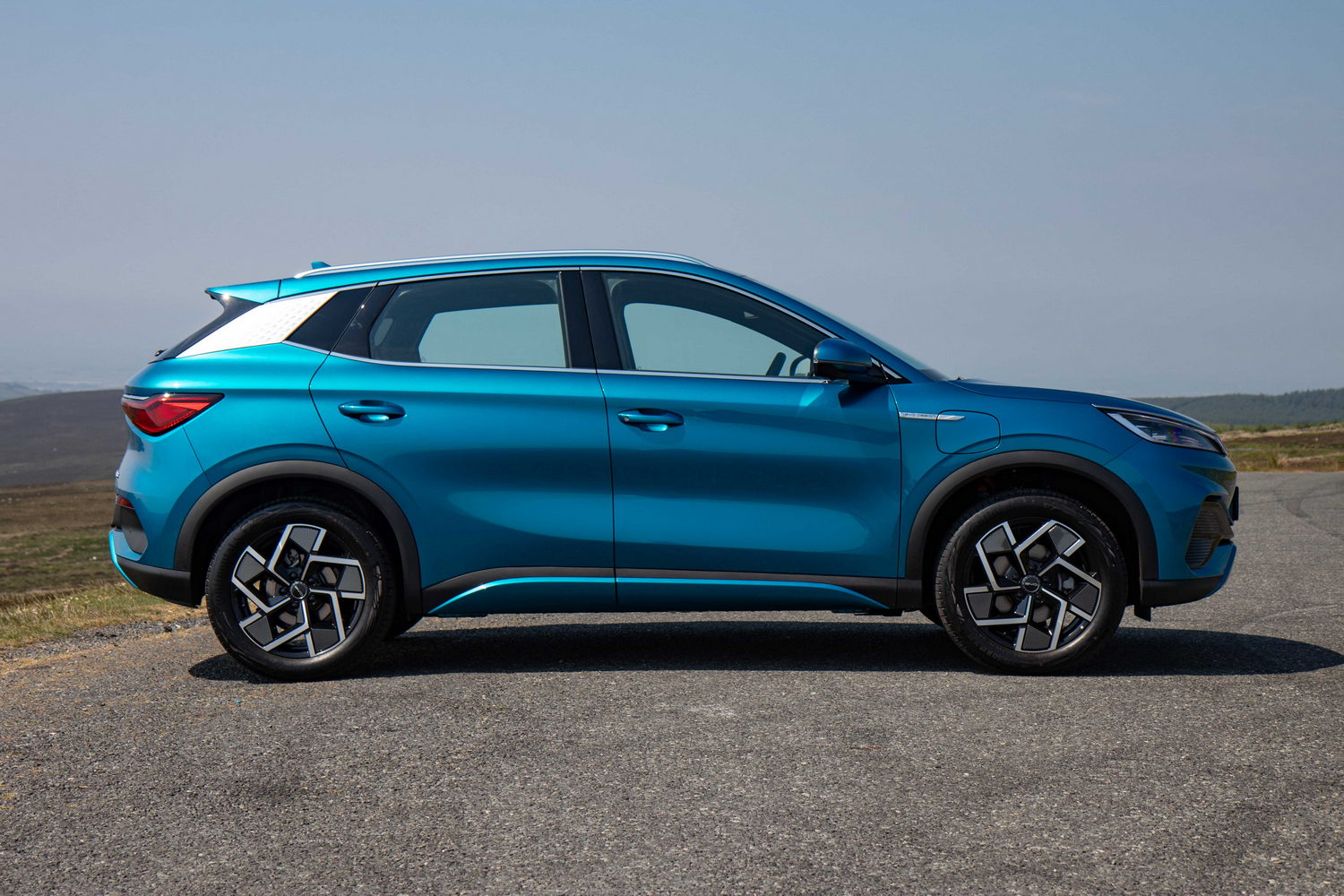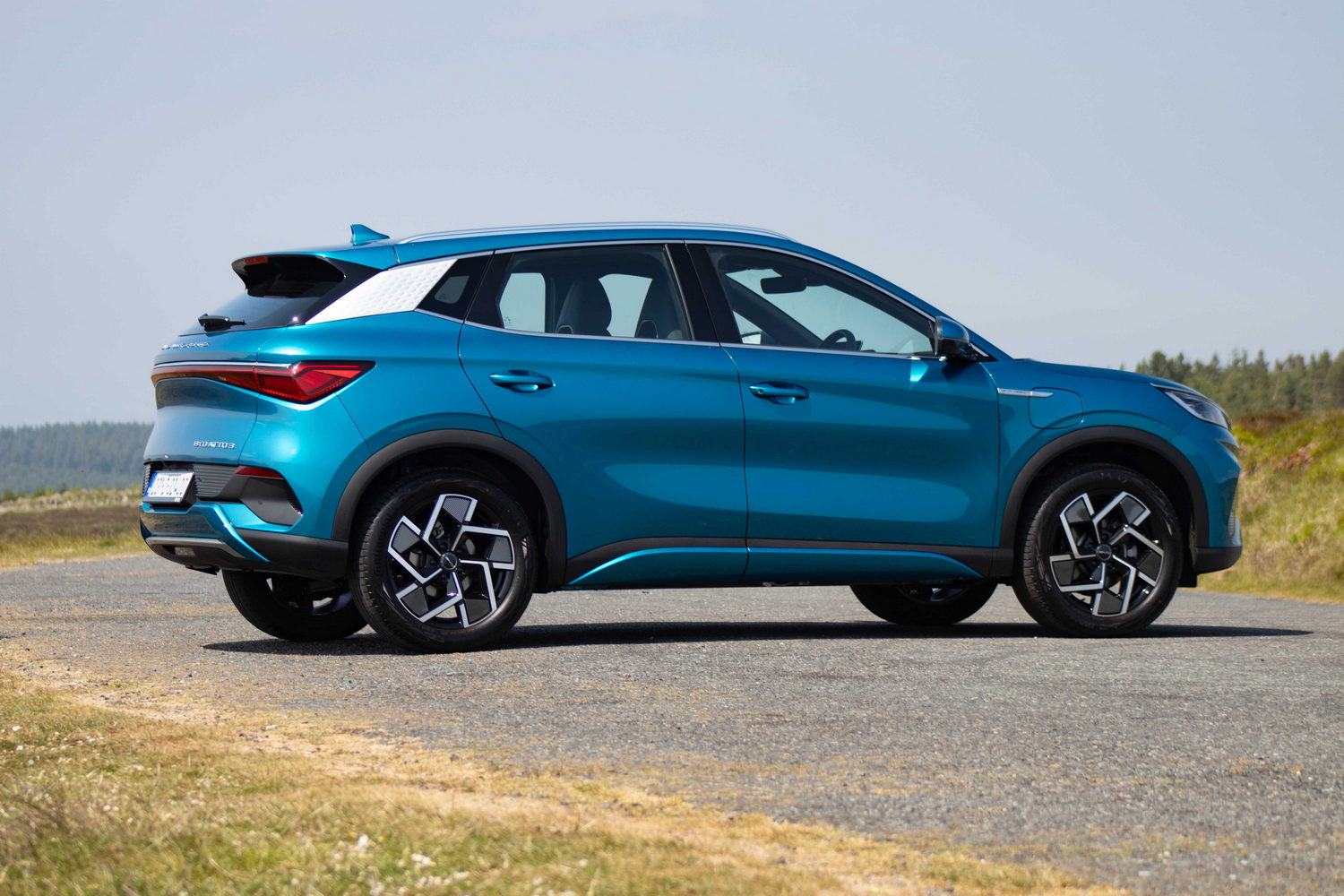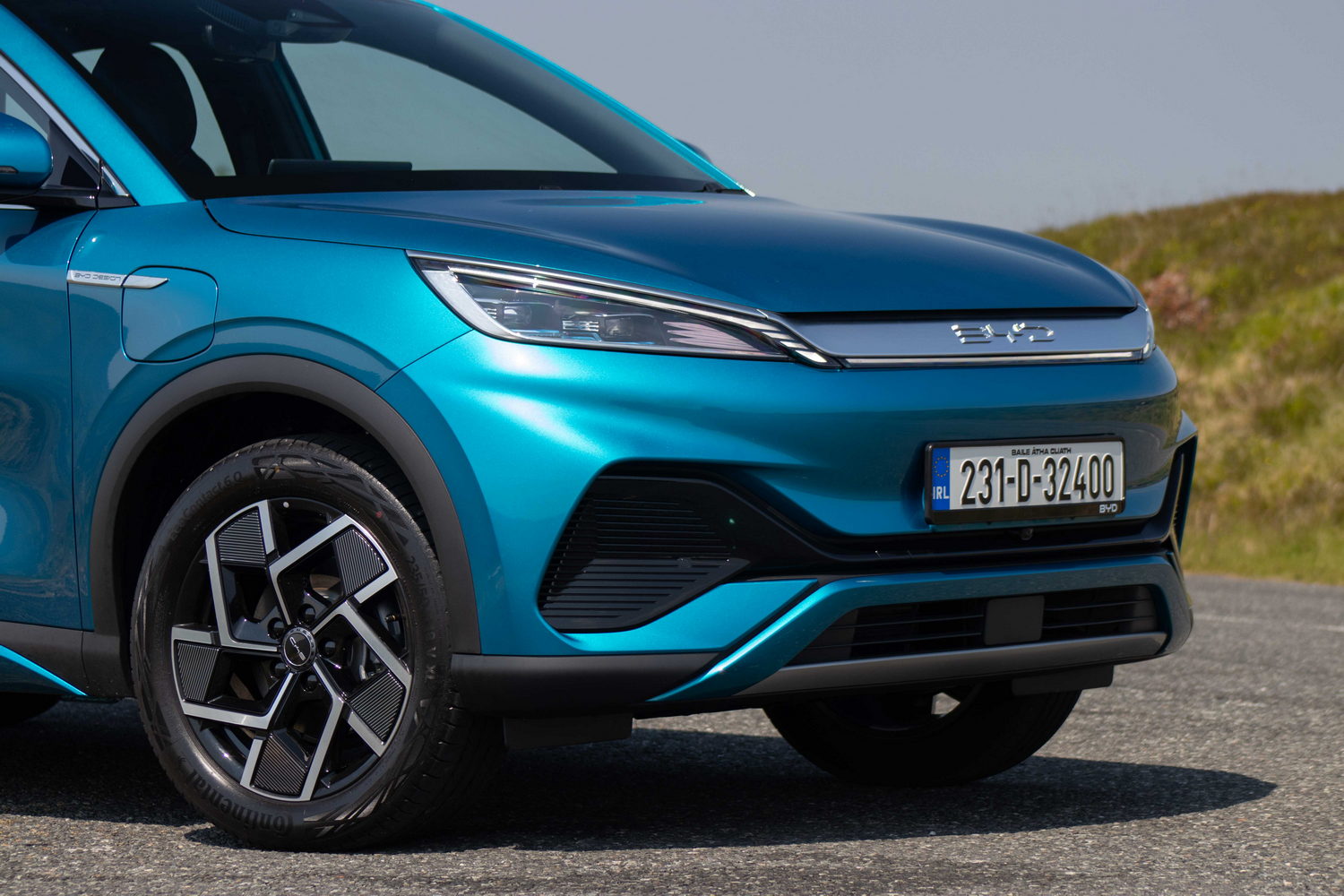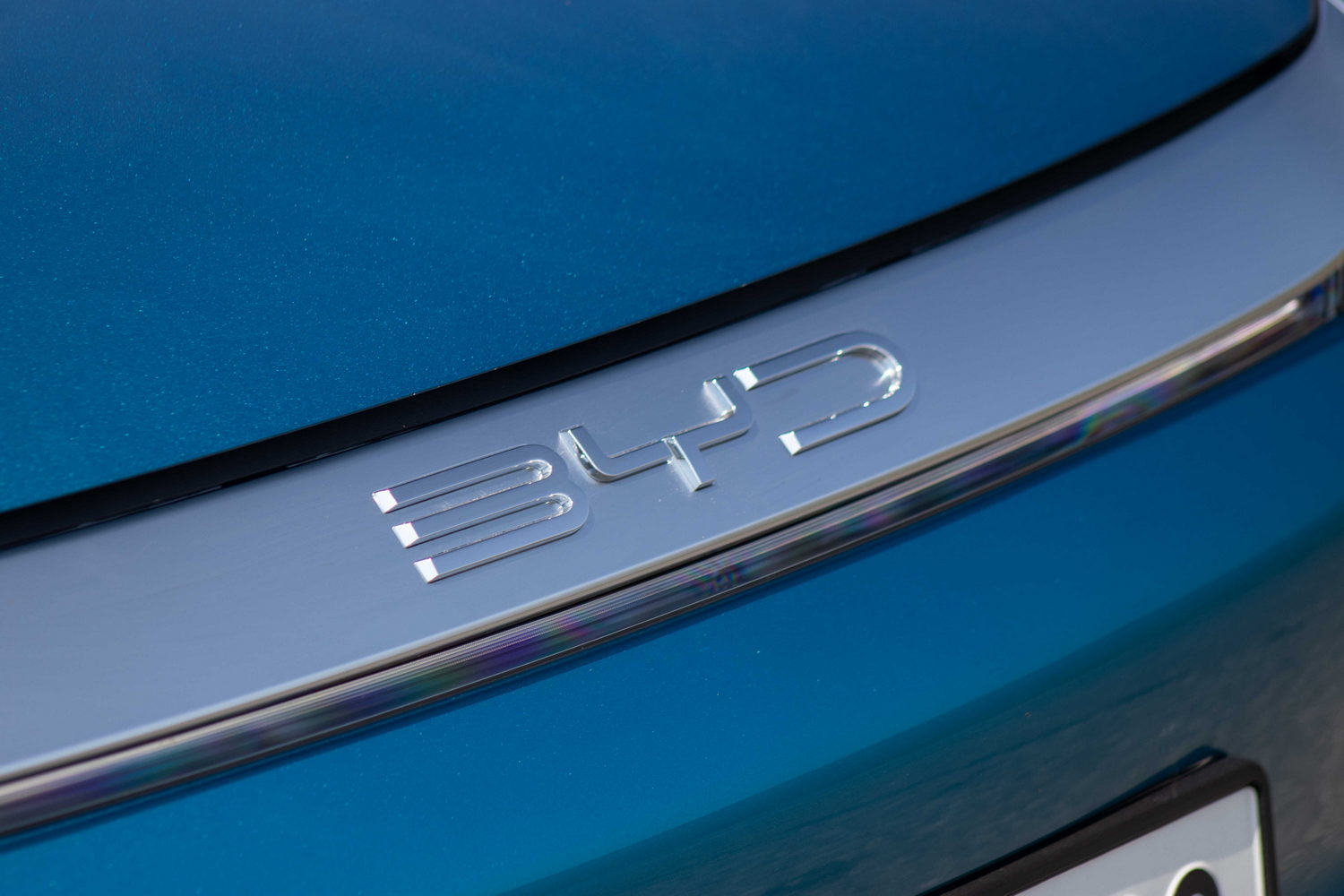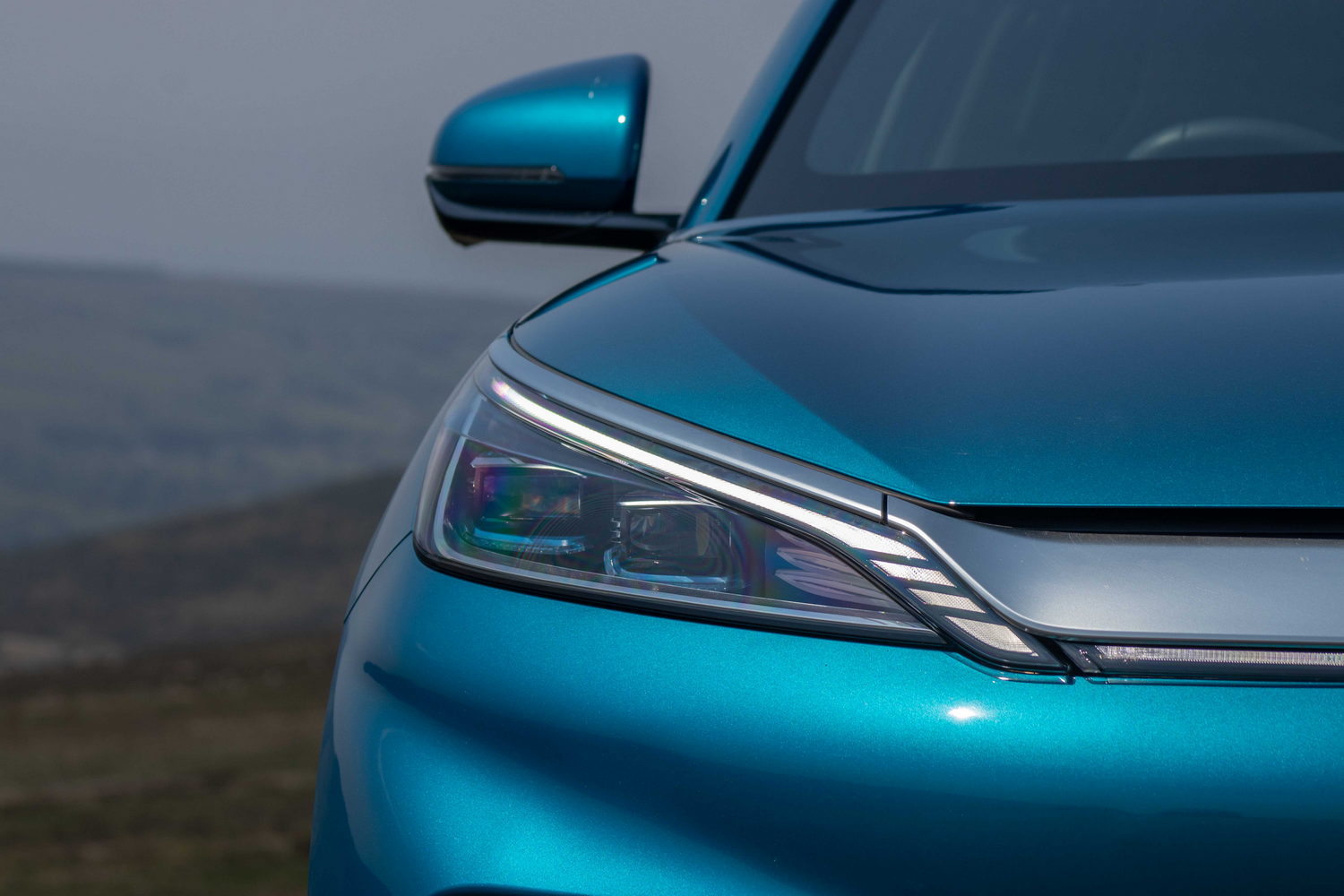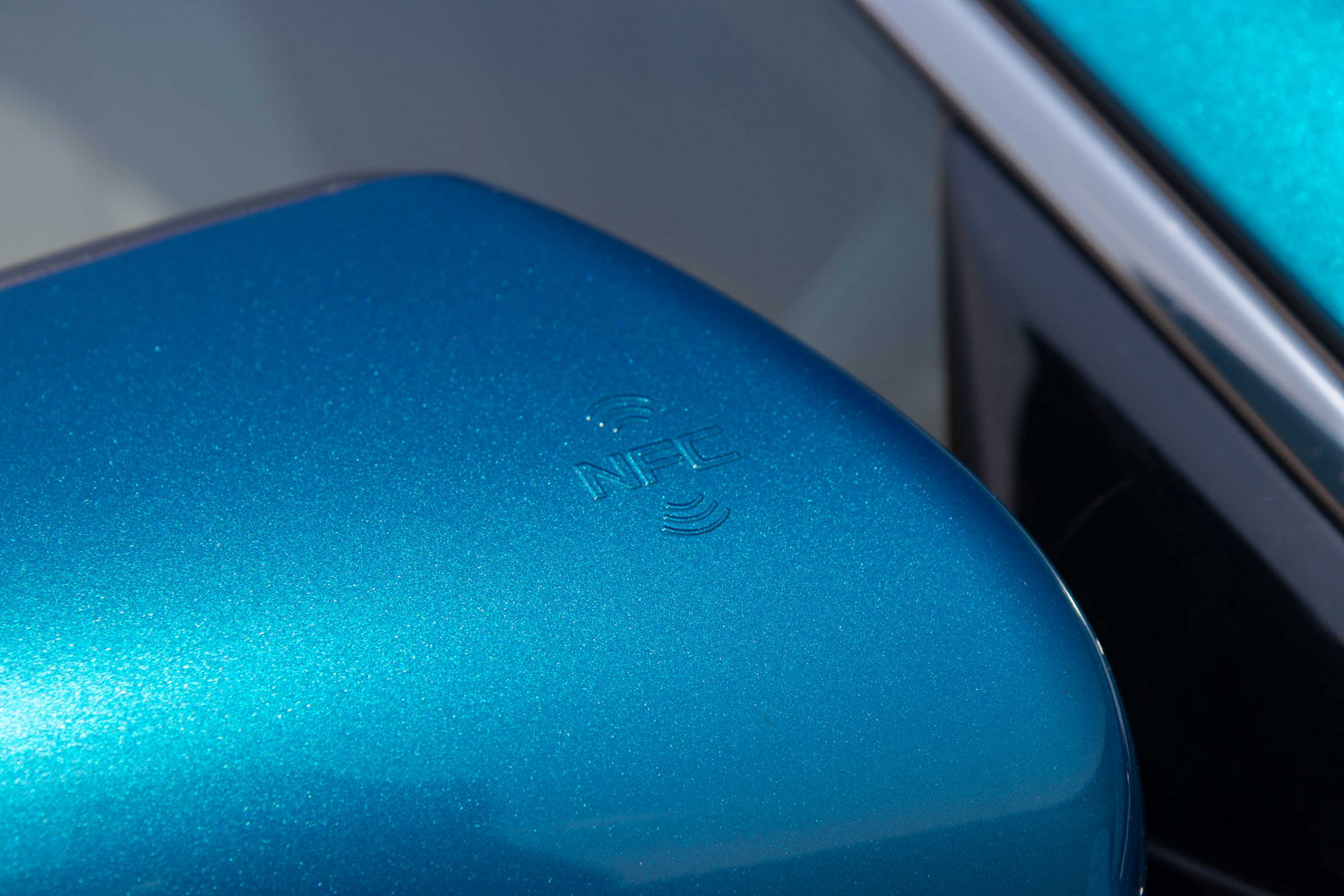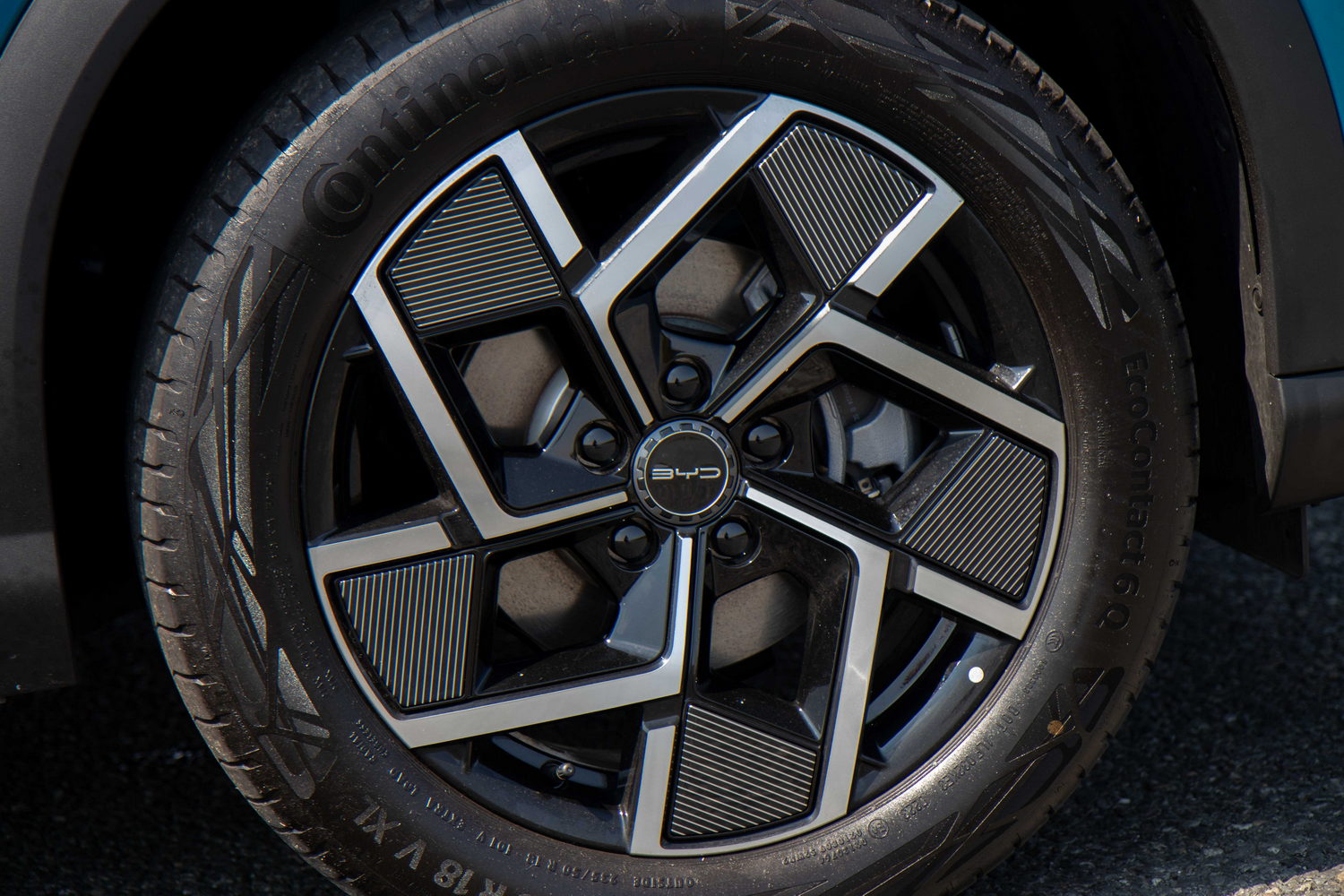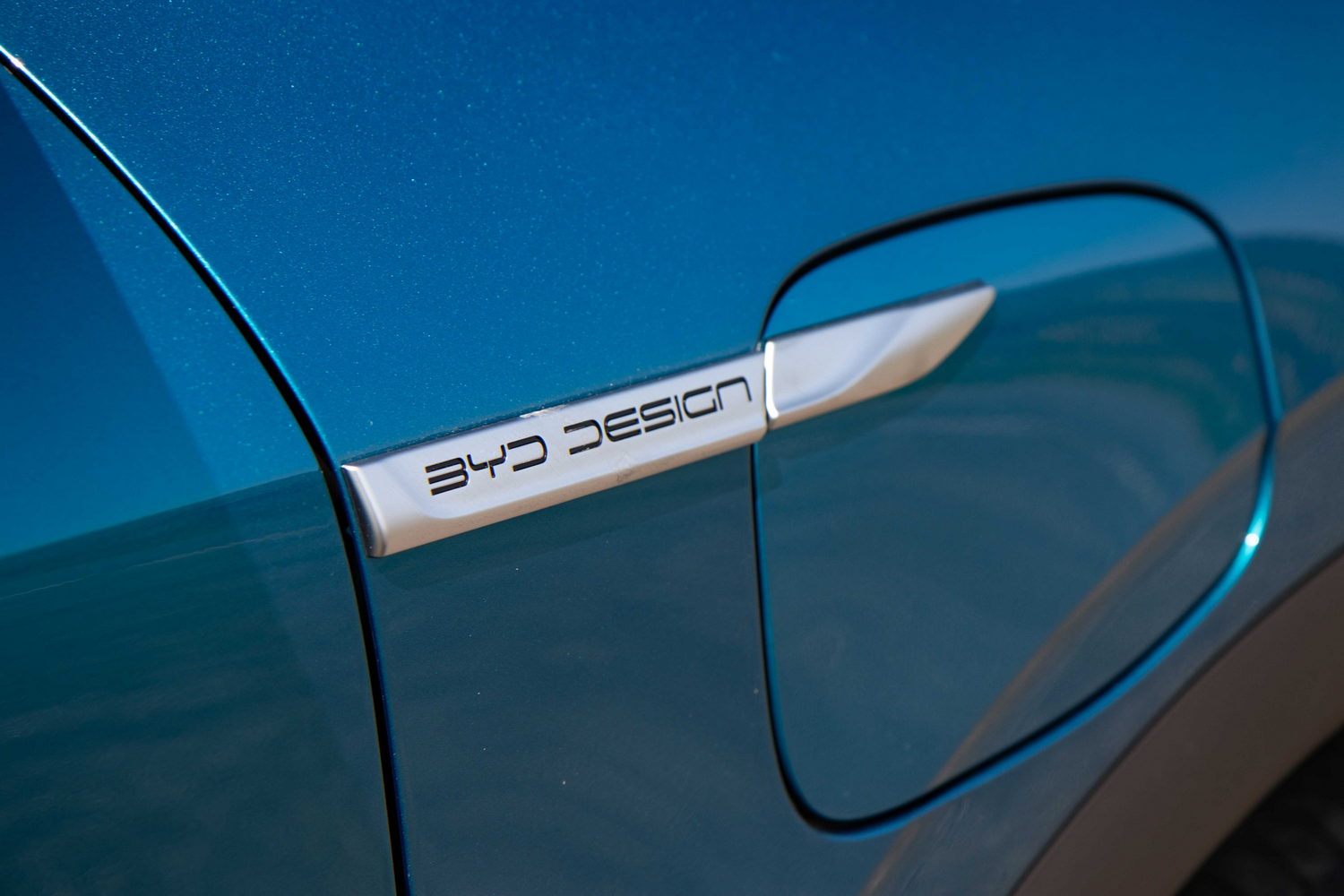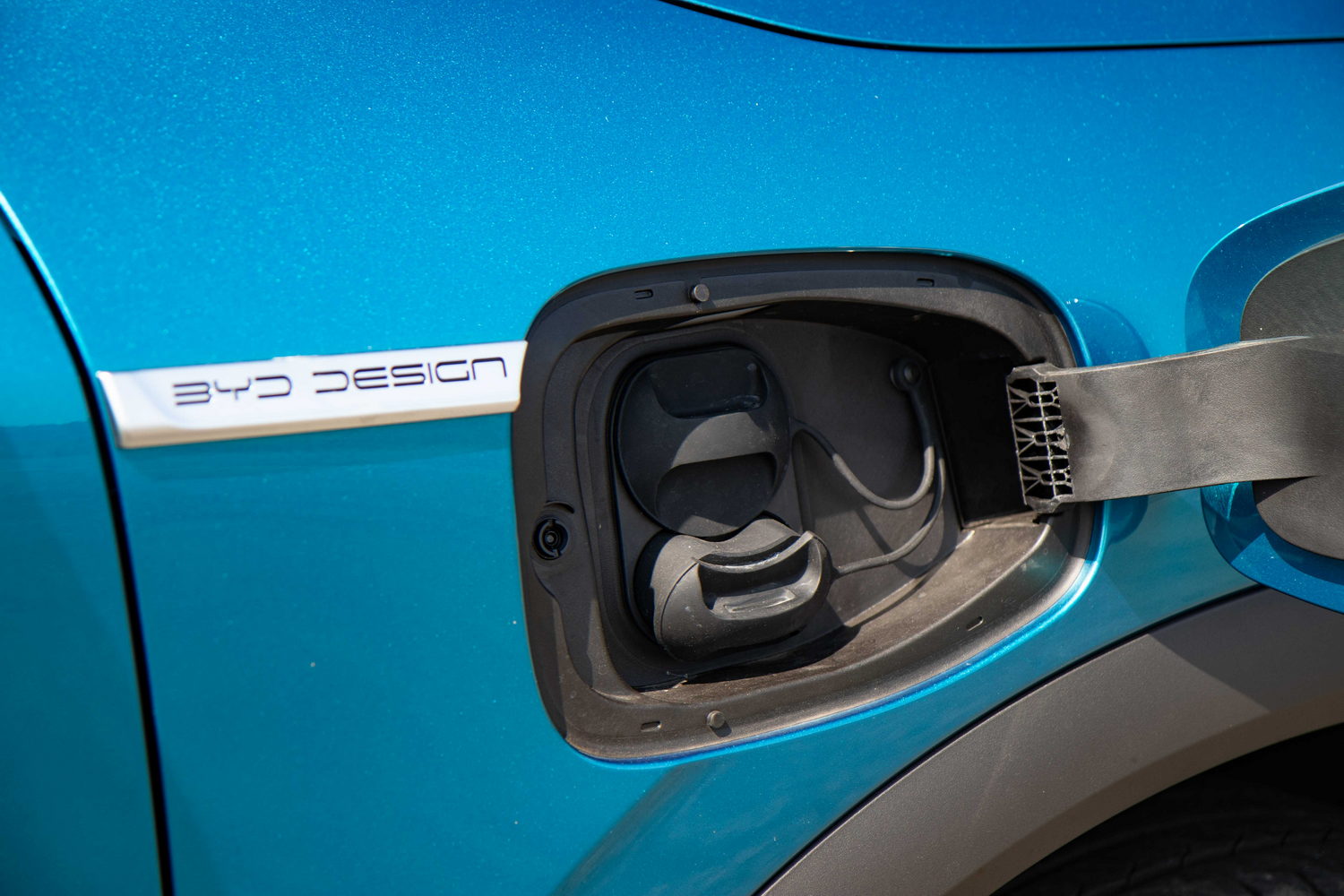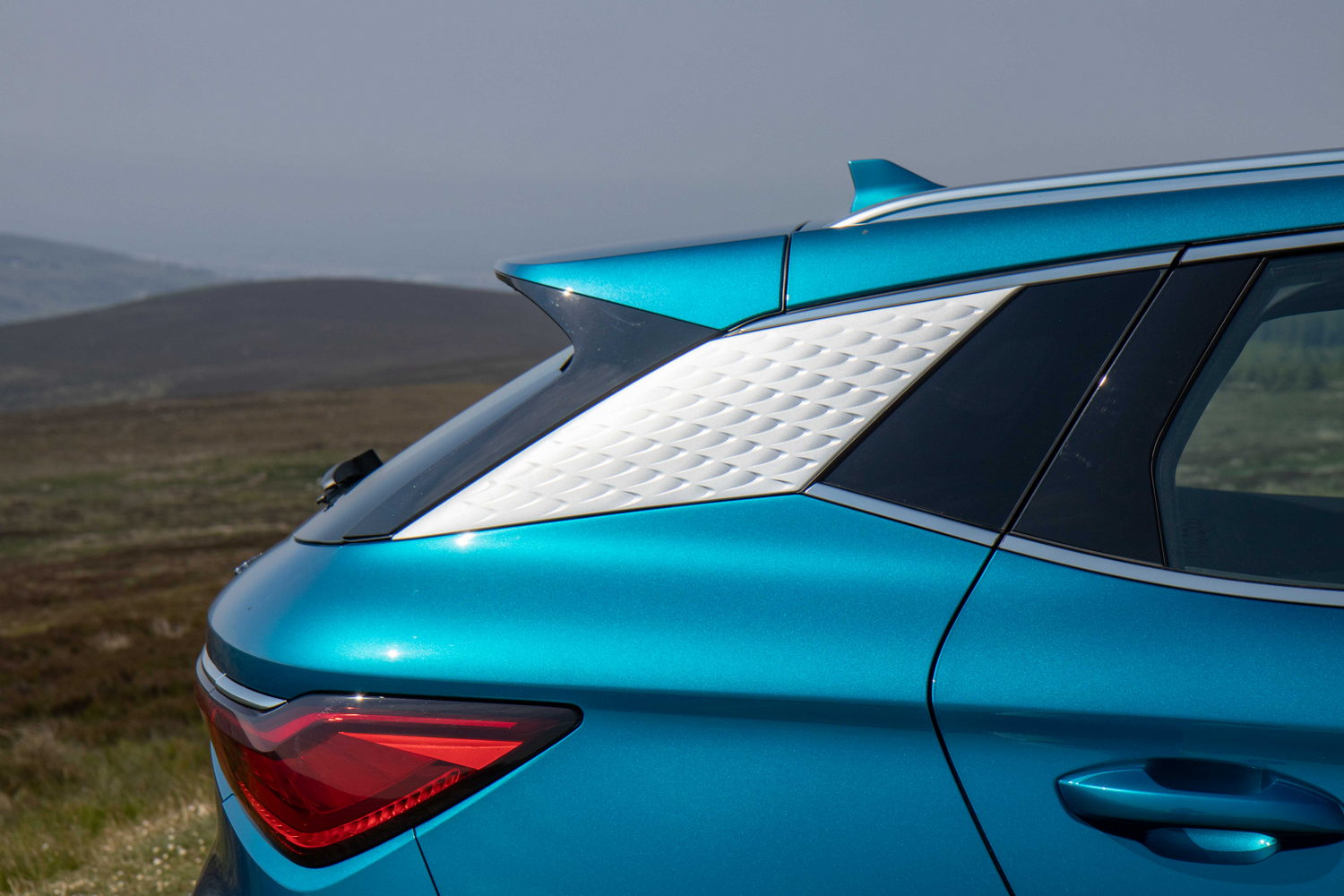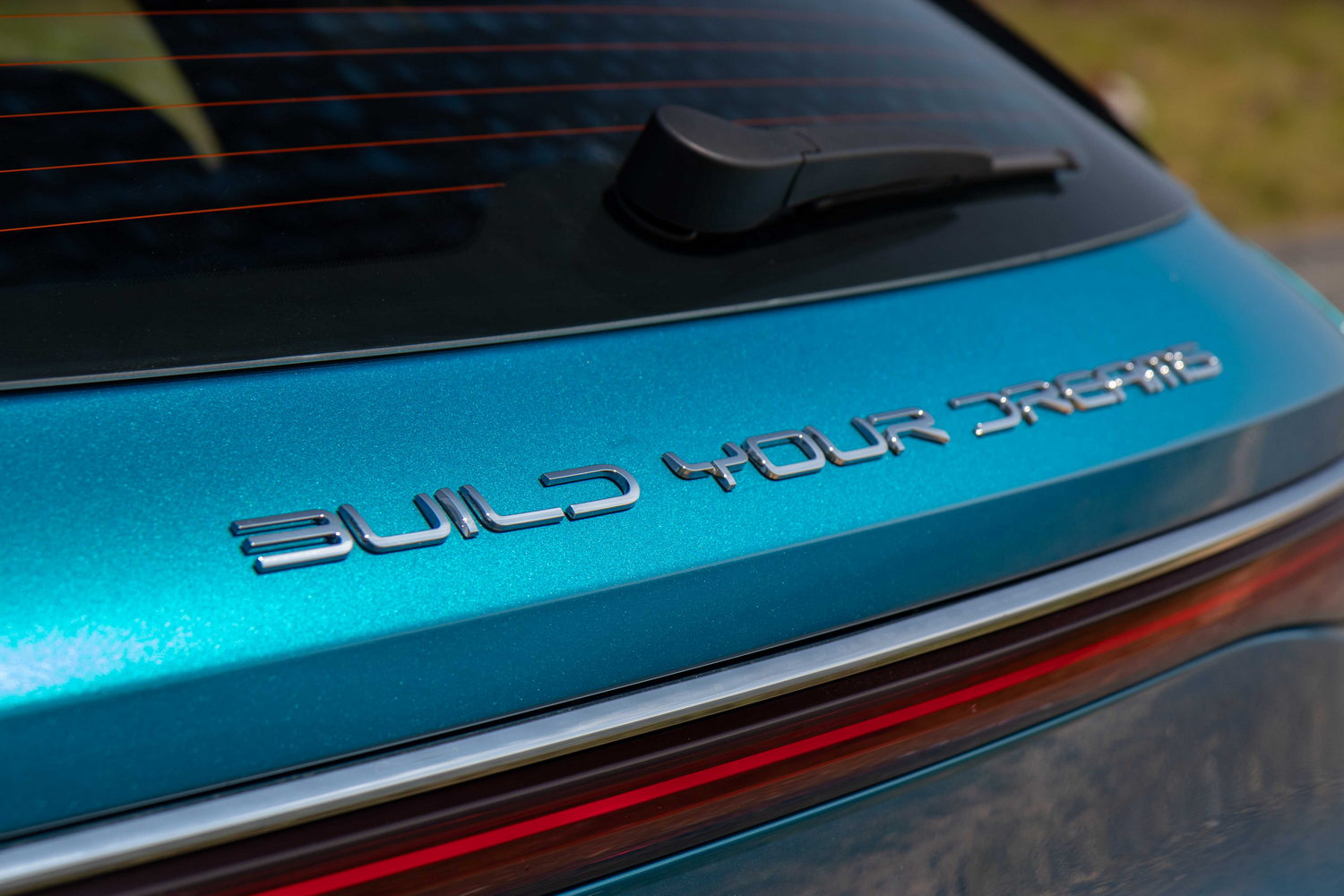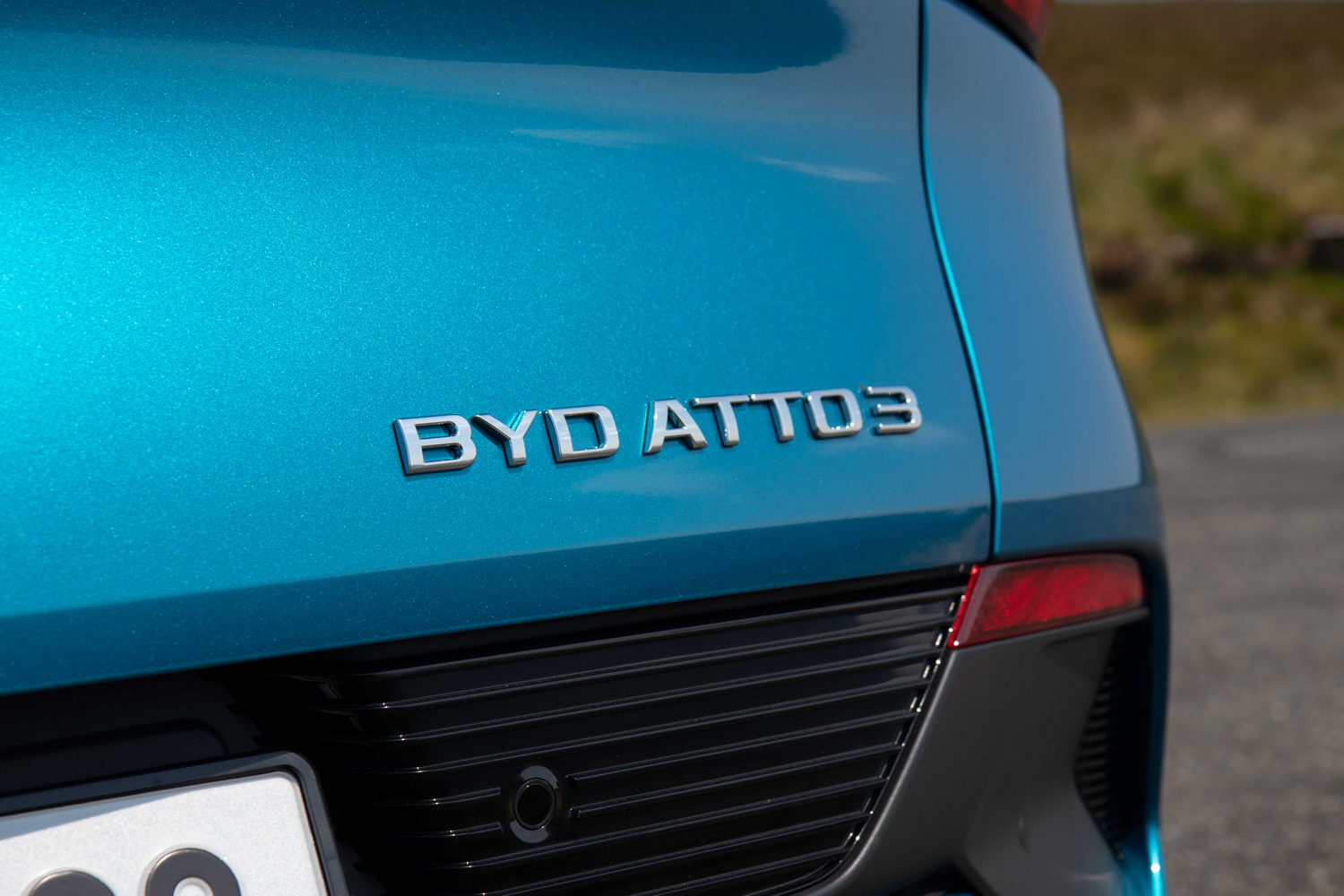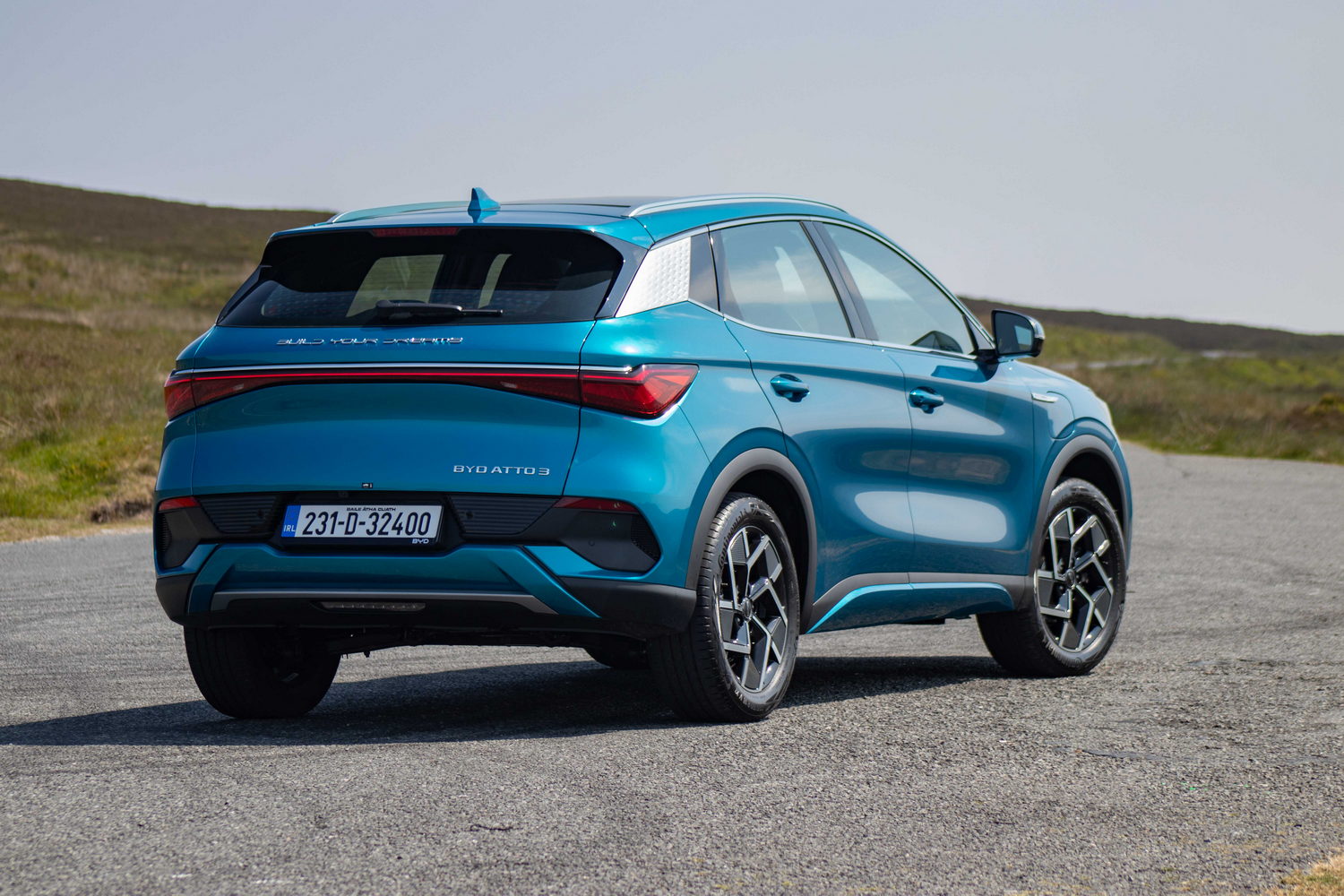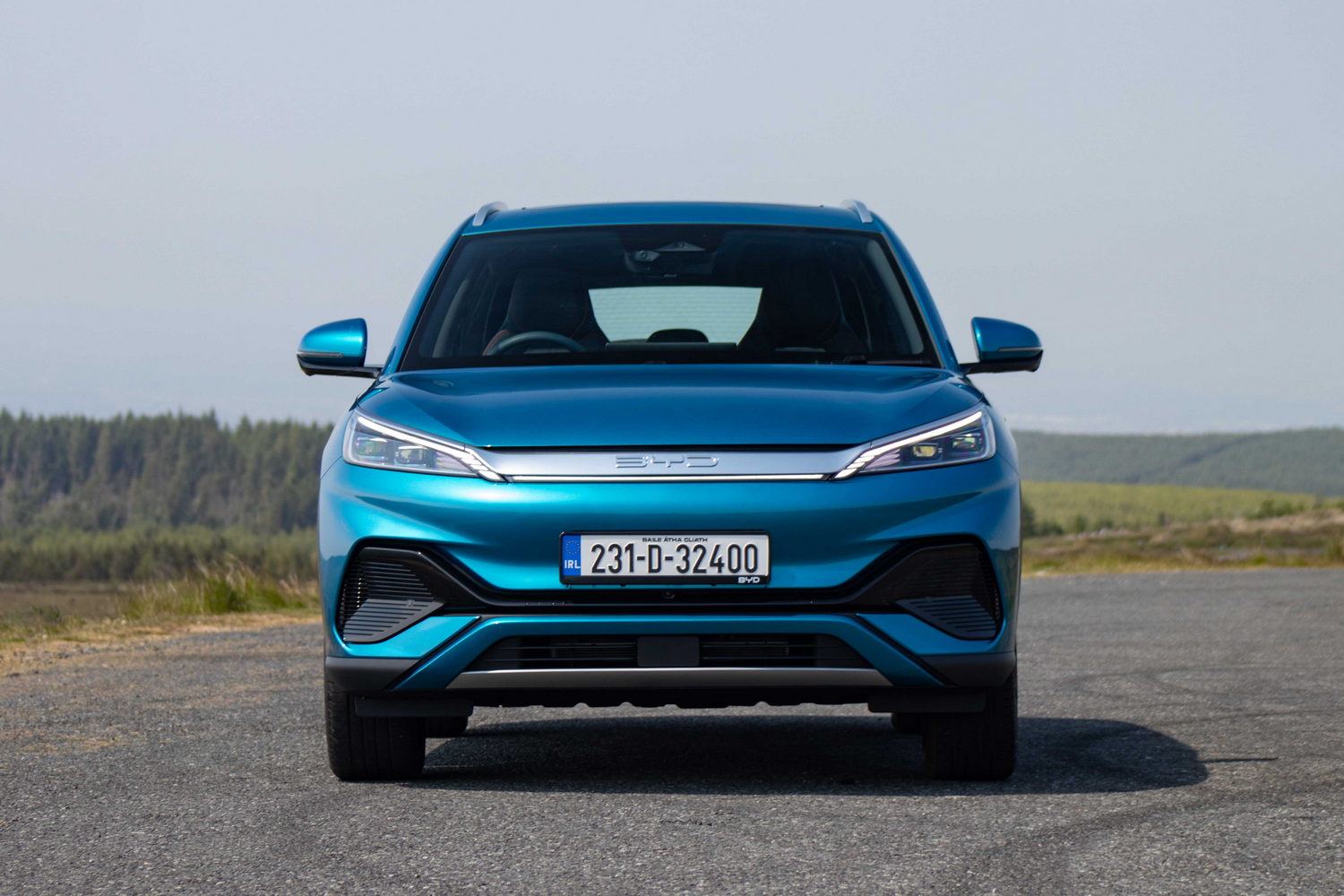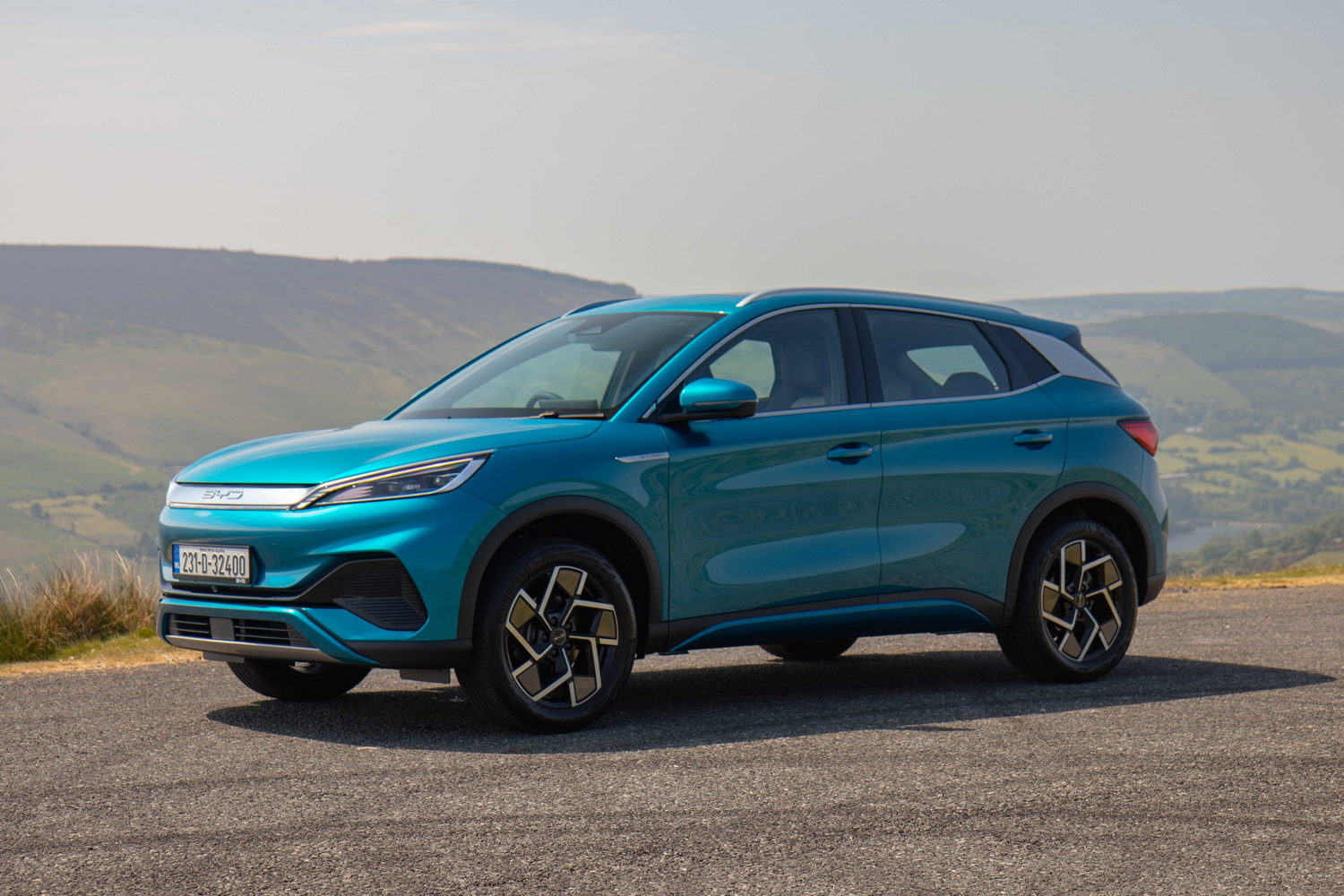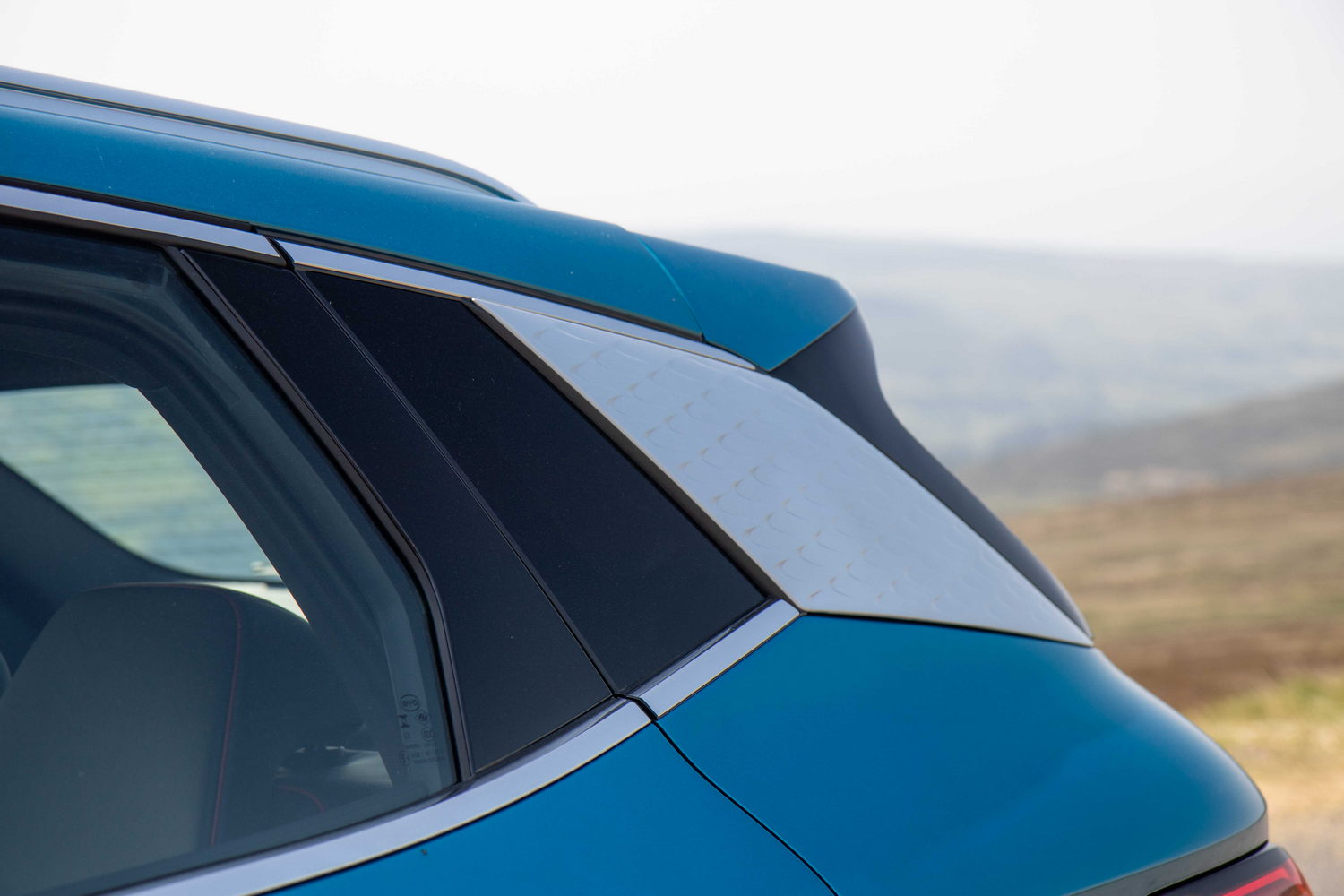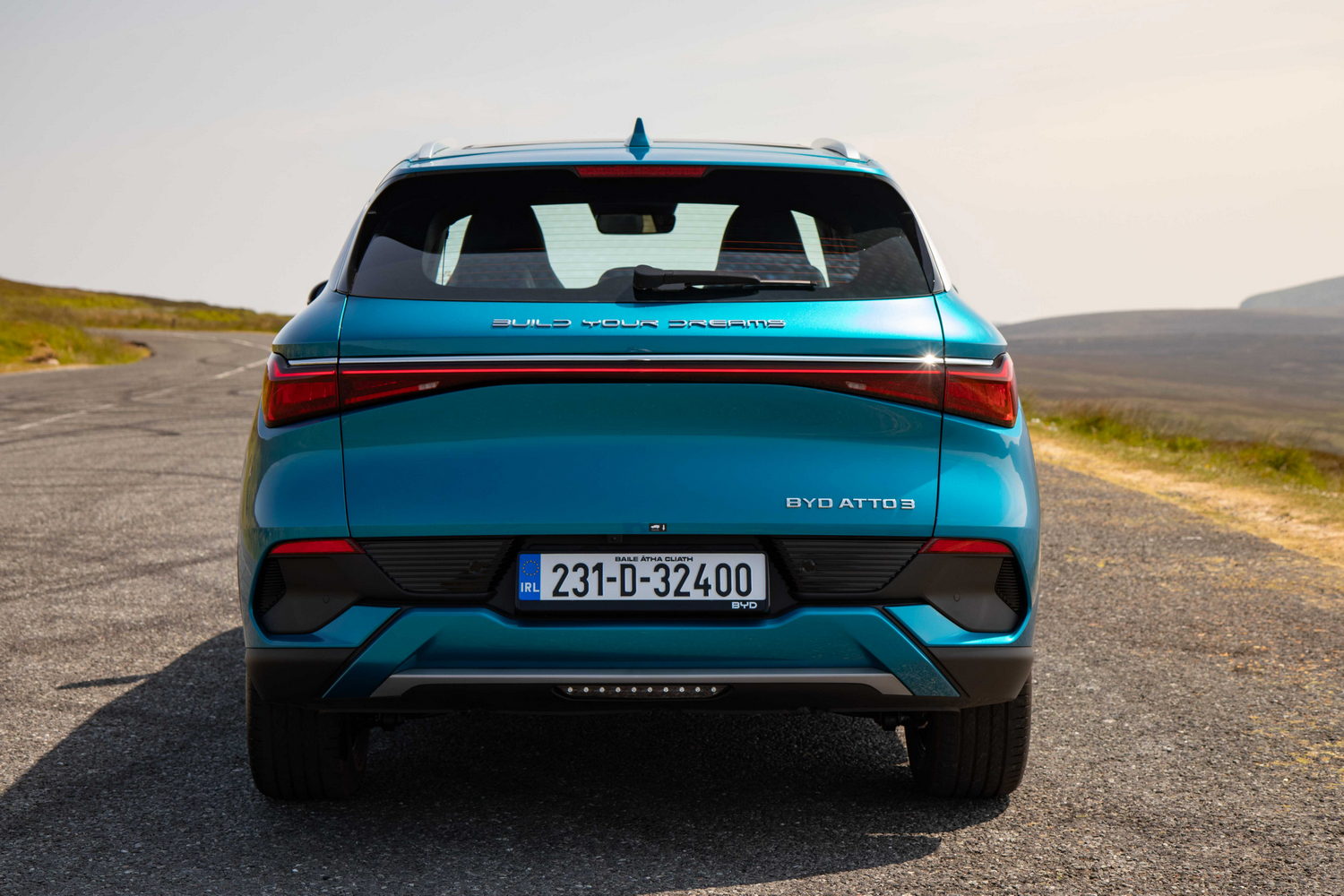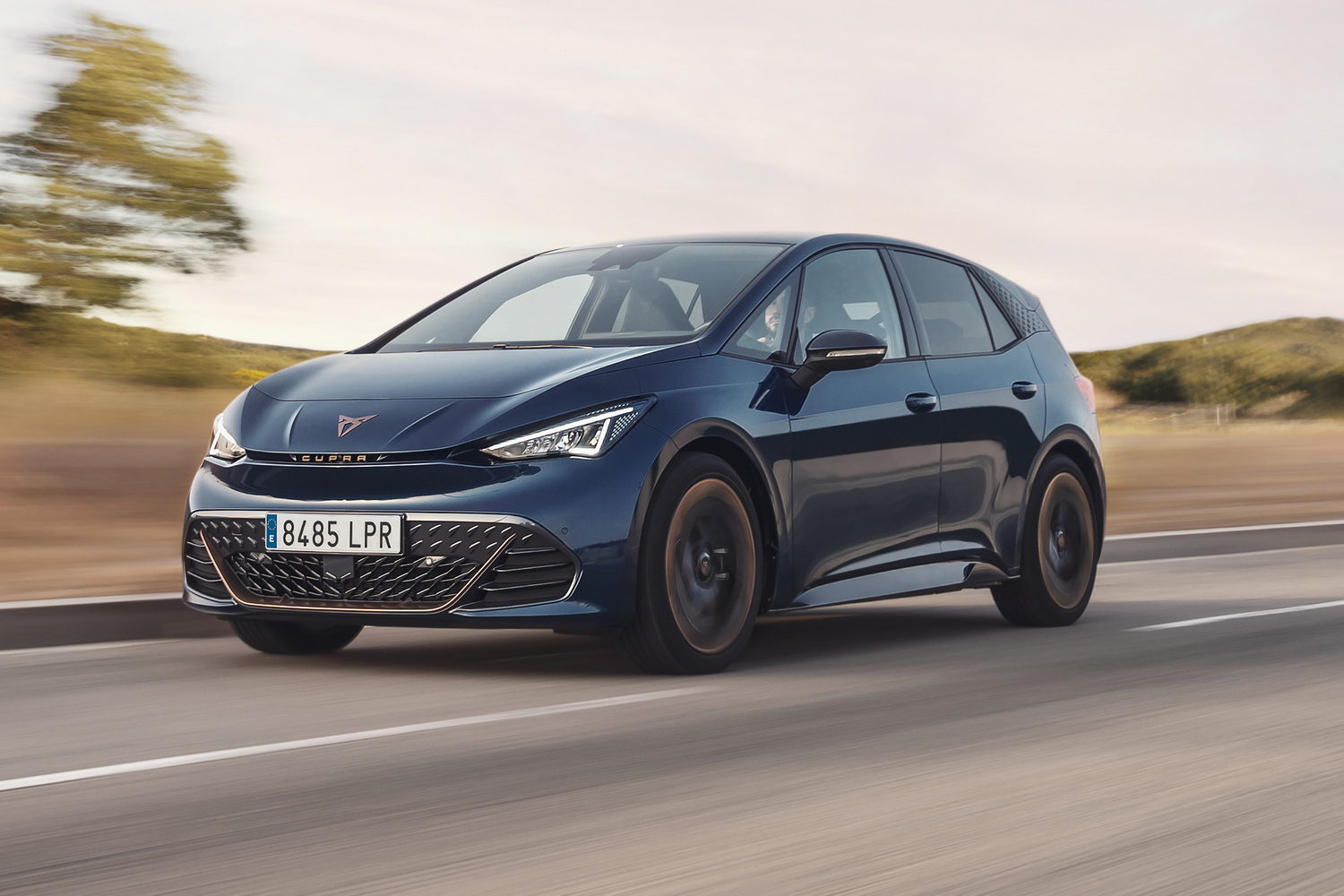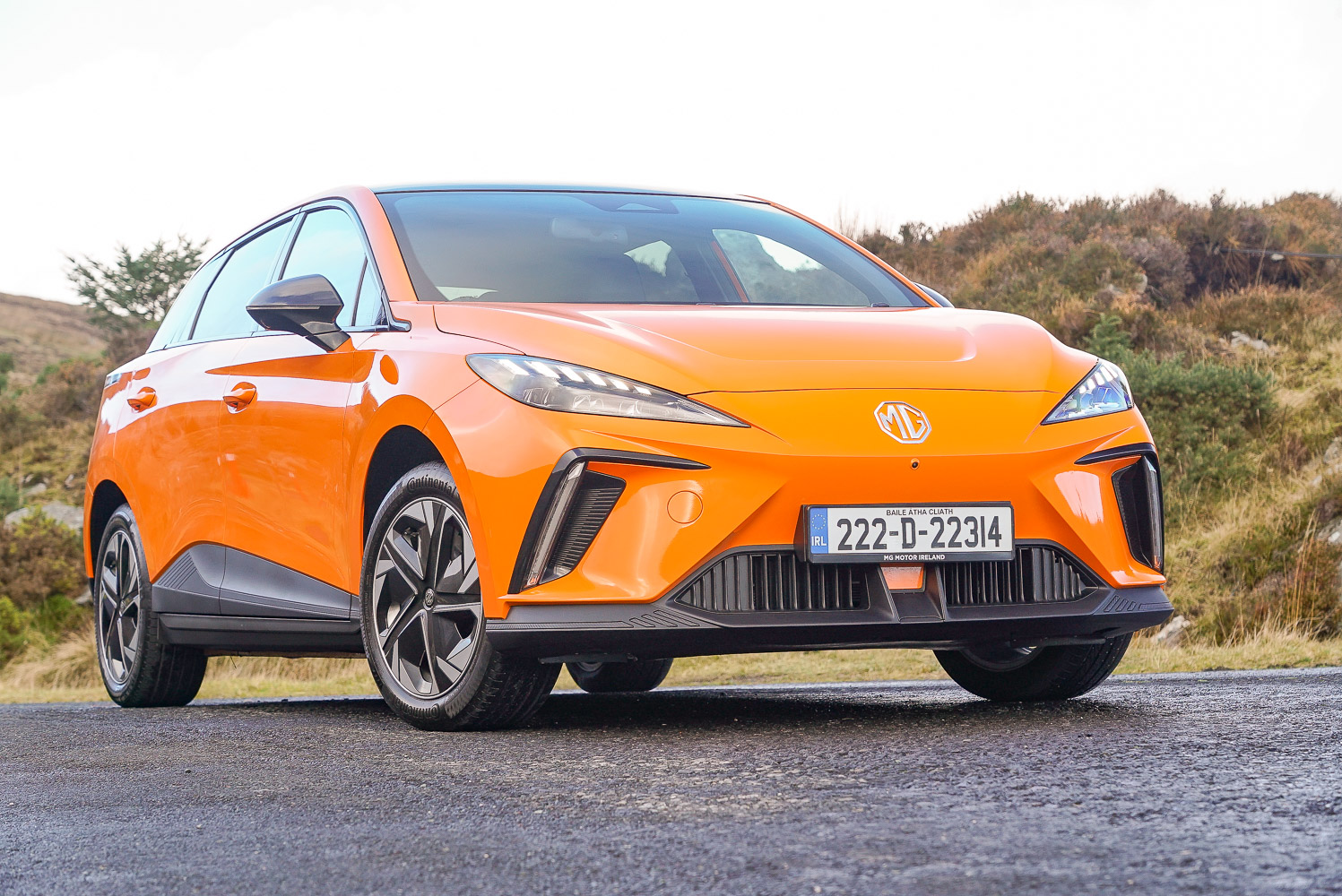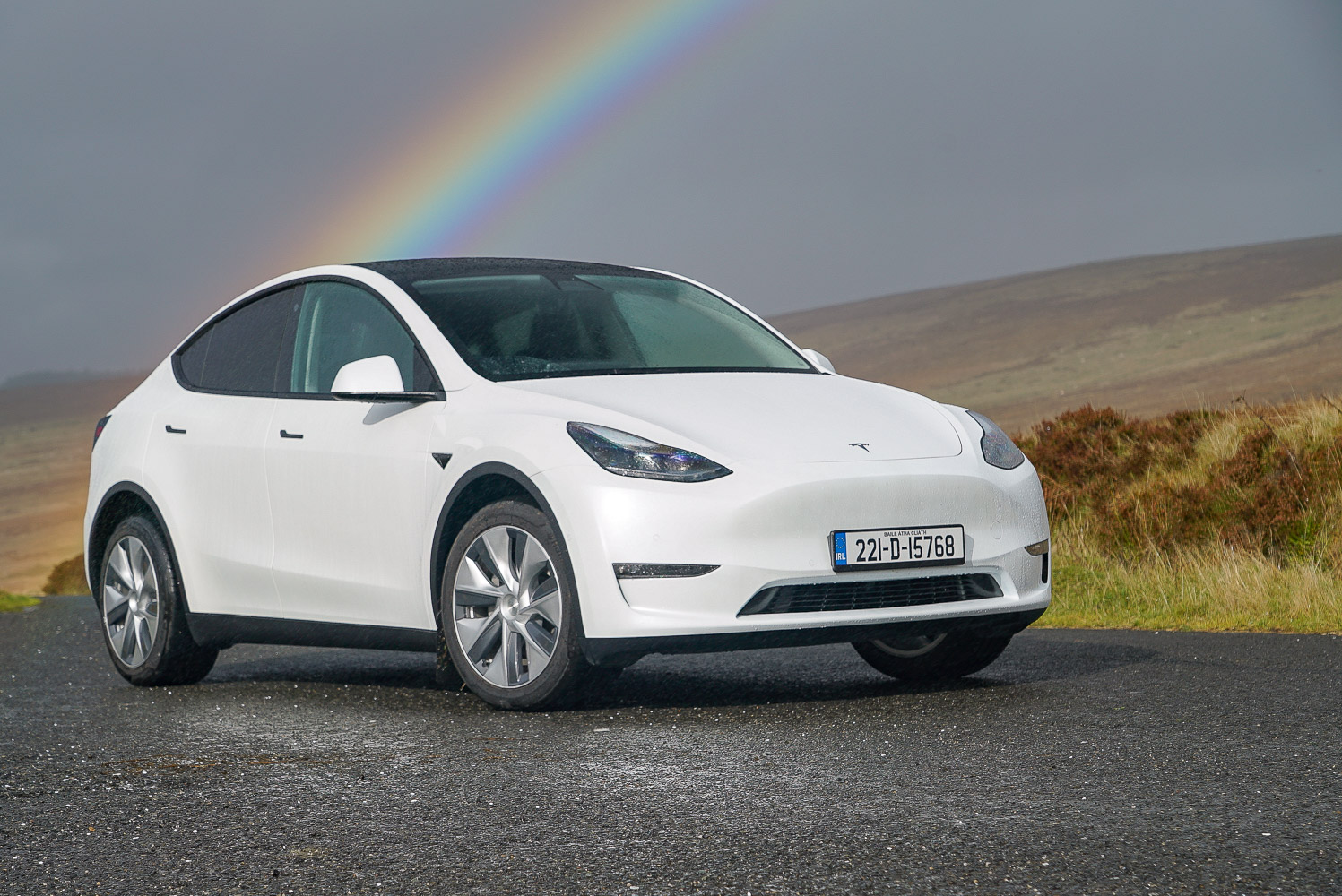BYD Atto 3 overview
We are rapidly becoming used to the name BYD, and its full Build Your Dreams nomenclature. While the company's Irish website still trumpets itself as 'the biggest car company you've never heard of', increasingly that's not the case.
While it is a new company to Irish customers, it does at least come with the backing of experience - BYD is being imported here by Motor Distributors Limited, the long-serving Mercedes importer and once upon a time a company that built cars here, most notably Volkswagens.
The Atto 3 is arguably BYD's most generic offering at the moment, or at least certainly its most generic-looking. At a glance, it would be incredibly easy to mistake it for a rival product from the likes of MG or Kia, but perhaps that's the idea - soften buyers up with a car that looks kind of familiar, and then hit them with the incoming one-two of the more stylish Seal saloon and Dolphin hatchback. Incidentally, that Atto name refers to an attosecond, a unit of time so small that it can hardly be measured.
BYD is one of the rare fully-integrated car makers, in that it makes everything for its cars in-house, from the touchscreens to the 'Blade' lithium-iron phosphate batteries which, helpfully, use no cobalt in their construction (cobalt is nasty, nasty stuff to mine).
Previously, we've only had the chance to drive the Atto 3 on European roads, and on winter tyres on a warm day at that. So what's it like now that we have one at home, on familiar roads?
The BYD Atto 3 model range
The BYD Atto 3 line-up is pretty simple. You get one 204hp electric motor, one 60kWh battery and three trim levels.
The entry-level Active model starts from a very competitive €38,628 including all rebates and grants. Standard equipment includes metallic paint, a panoramic sunroof, aluminium roof rails, 18-inch alloy wheels, LED headlights with high-beam assist, synthetic leather steering wheel wrap, the same on the seats, electric driver's seat adjustment, with four-way adjustment for the front passenger - and both are heated, ambient lighting, auto dimming rear-view mirror, a five-inch digital instrument panel, a 12.8-inch central touchscreen, voice control, keyless entry and start, vehicle-to-load charging, and a heat pump.
The Atto 3 Comfort starts from €39,096 and comes with really only one major advantage over the Active and that's 11kW three-phase charging, which is useful if you're regularly using a kerbside AC charging point. If you want extra equipment, you'll have to upgrade to the €40,464 Design model, the one we're testing.
That comes with an electric tailgate, ambient cabin lighting that reacts to the stereo like disco lights, an air purification system that actively gets rid of PM2.5 particles in the cabin, a bigger 15.6-inch central touchscreen, velour floor mats and an upgraded boot floor liner.
All versions get lots of safety equipment, including blind-spot detection, door opening warning, adaptive cruise control, traffic sign recognition, forward collision warning with automatic emergency braking, rear cross-traffic alert with automatic braking, lane keeping assistance, front and rear parking sensors, and an all-round camera system. There are also ISOFIX anchors for the outer two rear seats and the front passenger seat. The Atto 3 has been given a full five-star safety rating by EuroNCAP, with a 91 per cent score for adult occupant protection, 89 per cent for child occupant protection and a 69 per cent score for vulnerable road user protection.
BYD currently has a PCP finance package in place for the Atto 3, which has monthly repayments of €421, assuming a €14,000 deposit and a balloon payment of €14,800, at 5.95 per cent APR. Check the BYD Ireland website for the most up-to-date offers.
The BYD Atto 3 interior
If the exterior of the Atto 3 verges on the bland, then the interior is quite the reverse. In fact, it's one of the more daring cabins in its segment, with jolly, bright colour schemes, curvaceous styling and a massive rotating touchscreen in the centre of the dash.
Rotating? Oh yes, this is BYD's party trick - and not just for the Atto 3. At the touch of a button (you can choose from an icon on the screen itself or a physical button on the steering wheel) the big screen can flip from a horizontal 'landscape' layout to an upright 'portrait' layout. A gimmick? Yes, partially, but there it can be useful beyond mere personal preference - it's better, perhaps, to have the screen upright when you're using the navigation as you see more of your route.
However, there are some issues. You can't have the screen in portrait mode when you're using Apple CarPlay, as the software isn't compatible with the upright layout. Equally, in portrait mode, the top of the screen extends well beyond the lip of the dashboard, and so can slightly obscure your forward visibility. And here's an odd one - if you're wearing polarised sunglasses, in portrait mode the screen seems dark and obscured, but it's clear as a bell in landscape mode. Whatever, it's a feature you'll probably play with a few times before settling on a preference and sticking with it. Because of the Apple CarPlay and sunglasses, we left it in landscape.
BYD's own software is mostly pretty slick, although it suffers from having all of the air conditioning and ventilation controls on the screen, with no physical buttons at all bar a couple of shortcuts for maximum demist on the centre console. The rest is pretty decent, albeit suffering slightly from the too-many-submenus problem that afflicts most infotainment systems. The voice control seems to work well, though.
In front of the driver, and behind the neat three-spoke steering wheel with its (thankfully) proper physical switches for cruise control and stereo, there's a small five-inch instrument screen. This is fine, but the graphics look a little crowded, and can be a touch confusing at times until you get used to it. Unlike the big central screen, the instrument panel also looks really cheap, as if it was bought from Argos at the last minute of the car's design phase.
The rest of the cabin is far from cheap, though. Our test car came with delightful duo-tone synthetic leather in blue and creamy white, both on the dash and seats, as well as the doors and it makes the cabin feel bright and welcoming. Below the big central screen there are massive, curved air vents (repeated at each end of the dash) which look almost like the trim controllers on an Airbus A330. Equally, the gear selector on the centre console looks like the throttle lever from a jet fighter.
It's certainly all striking, but better still it all seems to work well. There are some physical switches surrounding the gear lever which take care of stereo volume, some air conditioning functions and the car's driving and brake recuperation modes. Below this centre console, there's an open storage area, where you'll find USB-A and USB-C sockets, as well as a 12-volt connector, but these are difficult to reach from the driver's seat. There's a good-sized storage area under the centre armrest, and two cupholders which come with a removable insert for smaller, shallow cups. The glovebox is a decent size, while the roomy door bins come with three strings to hold things in place, which are styled to look like a bass guitar. You can even strum them, although it'll be tuneless if I'm the one doing the strumming...
Further up on the doors, the door handles themselves are unusual, as they're rotary-style, with a palm-sized pad that you roll back around a circular centre to pop the lock. Combine those with door pulls that look like stylised spanners and you've got quite the quirky interior. The good news is that BYD gets the basics right. Although the steering wheel is slightly offset to the right, the driving position is comfortable and the seats soft and squishy but supportive enough for longer journeys.
In the back, there's a flat floor but the centre rear seat is slightly hard and raised up, so it's not going to be comfortable for anything other than a short hop. On either side, the main seats are comfortable however, and there's plenty of legroom. Headroom is good too, in spite of the standard fit glass sunroof with retracting blind. There's more good storage in the back, with another pair of guitar-like door pockets, and split seatback pockets that give you one large section (perfect for a laptop, iPad, or magazine) and two smaller sections (ideal for a phone, wallet, or purse). Rear-seat passengers also get a pair of USB sockets, and an armrest with cupholders. The only downside seems to be that the large, high-backed front bucket seats do obscure forward visibility a bit for those in the back, but the decent sized door glass and large panoramic roof make up for that.
The boot, at 440 litres, is nothing special really. The (admittedly more expensive) Skoda Enyaq can swallow 585 litres let's not forget, but the Atto 3 is roomier in the boot than the Volkswagen ID.3, with which it competes head-on in price terms. The parcel shelf in the back vies for the position of most cheap-feeling car component we've ever come across, but it does its job OK. The boot floor is also adjustable, so you can leave space underneath to stash the charging cables, but there's no frunk in spite of the fact that when you look under the bonnet, there's a vast acreage of empty space above the front-mounted electric motor.
It's also worth noting that the fully-spelled-out 'Build Your Dreams' badge on the boot is soon for the chop - BYD seems to have worked out that European buyers find it a touch gauche, so a different badging solution will be coming in due course.
The BYD Atto 3 driving experience
In terms of its battery capacity, power and range the Atto 3 is pretty well bang on the money for its class. It offers a front-wheel-drive 204hp electric motor, with a perky 310Nm of torque, so it's never left feeling slow nor sluggish. A 7.3-second 0-100km/h time is also entirely respectable.
BYD's 'Blade' LFP battery is actually a structural part of the car, something that the company claims saves weight, adds strength and improves packaging. Certainly, the 1,750kg weight isn't bad for the class (heavier than a Renault Megane E-Tech Electric but lighter than the VW ID.3) and the battery's range mostly holds up. LFP batteries are reckoned to be more robust and long-lasting than more traditional lithium-ion chemistry designs, but capable of holding less overall energy for a given size. That seems to track with the Atto 3, as it offers only 20km more on the WLTP test than, say, the Peugeot e-2008's 54kWh (51kWh useable) battery.
That said, as long as you're sticking to town or country roads, the Atto 3 seems capable of delivering every single one of those 420km of range. In mixed driving, with the air conditioning going on mostly warm days, the Atto 3 was averaging 16.3kWh per 100km in our hands, compared to its 15.6kWh per 100km official figure. That's impressively frugal. The only downside was poorer motorway efficiency, where the electric consumption would easily spike to 21kWh/100km and the useable range fall to around 340-350km.
The Atto 3's lane-keeping steering doesn't seem to react with any particular vigour, while its regenerative braking seems to only have one mode, in spite of there being a button that allows you to select two modes. Ditto the Sport, Eco and Normal driving modes; there's no immediately obvious difference between the three.
The last time we drove the Atto 3, it was on a warm day in Spain with the cars, for various logistical reasons, still stuck on winter tyres. In those circumstances, the cars felt pretty vague and floppy, so does the switch to conventional tyres make any difference? Happily the answer is yes, but the difference is not massive. The Atto 3 remains a softly-sprung car, which is good in that it gives you a comfortable, pliant ride around town, but it does also make for quite a bit of body lean when cornering. The steering is light, reasonably direct, but entirely free from feel. If you're coming to the Atto 3 expecting dynamics set up to please a driving enthusiast, you've come to the wrong place, but if what you're looking for is a capable, comfortable, competent setup then it's just fine. In terms of refinement, the Atto 3 is mostly fine, save for on long motorway runs when there's a bit too much tyre roar.
On the whole, then, while the Atto 3 is entirely an excitement-free-zone, it's certainly competent, with decent range and straight-line performance. As a base from which to build a brand, you could do a lot worse.
Our verdict on the BYD Atto 3
The Atto 3 is a truly solid start to BYD's Irish adventures. Sure, there are some quibbles - the rotating screen is a gimmick, the exterior styling is quite dull, the handling is nothing special - but otherwise the Atto 3 is well-priced, solidly-built, decent to drive and should neatly fit most families' electric motoring needs.
What do the rest of the team think?
There's plenty to like about the Atto 3; it's the size that many people want a crossover to be, the rear seats have generous enough levels of space and there's a useful boot (even if it does do without a frunk). The range is pretty decent, as we've mentioned, and as a car to spend time in it feels well up to the standards we typically seen from more established European brands. The swivelling screen may be a novelty, but the rest all adds to a competitive package.
Dave Humphreys - Road Test Editor
Despite the quirky interior detailing and the name across the back, the BYD Atto 3 turns out to be an unassuming, solid electric crossover that's well-positioned in terms of pricing and size for Irish car-buying tastes. It's the right product to launch the brand in Ireland for sure, and it's only the tip of the iceberg for what's to come from the Chinese car maker.
Shane O' Donoghue - Editor

